Duration: February 15 to March 15, 2019
Area: Benguela Current in the South Atlantic
Purpose: Investigations within the project TRAFFIC
Cruise leader: Werner Ekau, Leibniz Centre for Tropical Marine Research (ZMT)
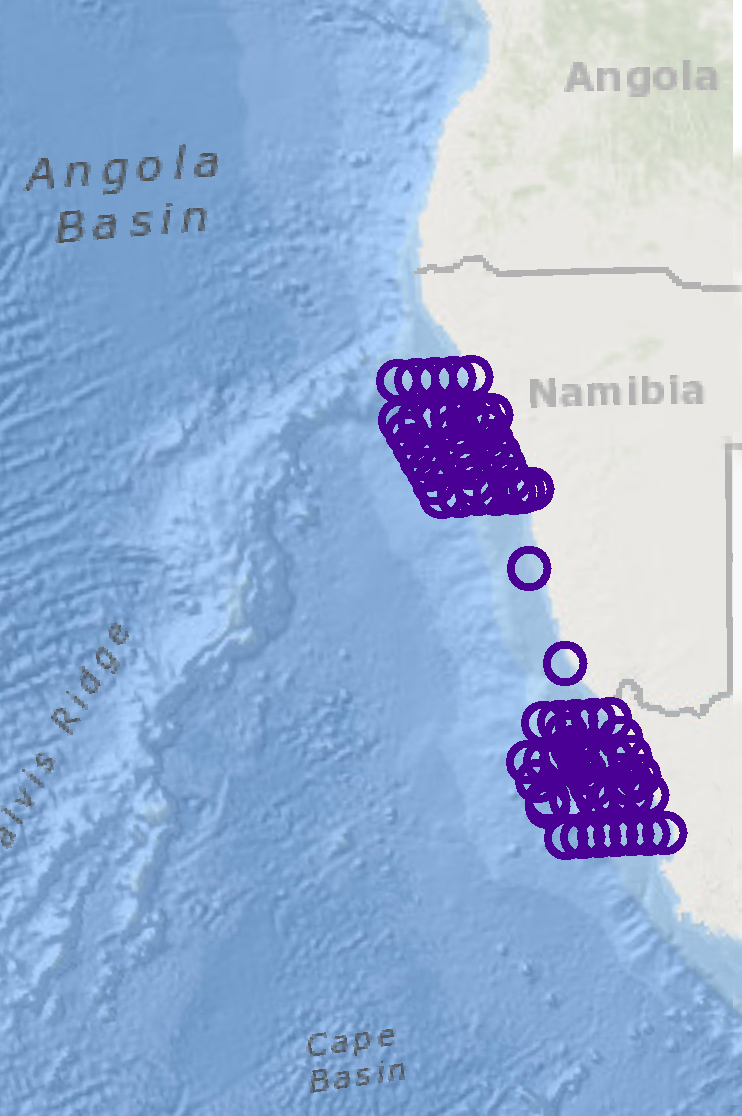
The Benguela upwelling system, off the southwest coast of Africa, is one of the most productive marine ecosystems in the world. Nutrients become transported from the deep to the surface, indirectly providing a plethora of nourishment for fish and their prey. In the last decades, however, the fish stocks in region have greatly decreased, especially in the northern Benguela upwelling system. These decreases are most likely due to fishing as well as climate change, with increased temperatures and a reduction in oxygen, leading to a variety of changes in the northern and southern upwelling systems. In the joint project "TRAFFIC", funded by the BMBF, scientists from Germany and Southern Africa investigate these changes in the upwelling systems.
The project will be coordinated by the Leibniz Center for Tropical Marine Research (ZMT). The international team will investigate the energy and nutrient flows through the food web in the northern and southern Benguela upwelling systems. The main focus of the team from the Thünen Institute of Sea Fisheries is the role of mesopelagic fish in the food web and as important transporters of carbon between the deep sea and the surface through their diel vertical migrations.
Involved research institutions:
- Leibniz Center for Tropical Marine Research (ZMT)
- Thünen Institute of Sea Fisheries
- University of Hamburg, Institute of Marine Ecosystem and Fishery Science (IMF) and Institute for Geology (IFG)
- Bremen University, Bremen Marine Ecology (BreMarE) • University of Cape Town (South Africa)
- Department of Agriculture, Forestry and Fisheries (DAFF) and Department of Environmental Affairs (DEA) (South Africa)
- National Museum, Information and Research Center (Namibia)
- University of Namibia (Namibia)
Our red-eye flight landed on the morning of 13.02 in Johannesburg (South Africa). From there we caught a flight to Walvis Bay, Namibia. The contrast between the desert and productive ocean ecosystem is very impressive on the Namibian coast and the differing colors stand out when looking out the window of the plane.
Similar to other upwelling areas on the West coast of continents that are rich in productivity and fish biomass, there lies a desert directly behind the coast. Here, opposite forces act directly upon each other; the steady wind leads to both the dry climate behind the coast and causes water to be transported offshore along this surface. Water from greater depths that is filled with nutrients is then transported to the surface allowing plankton to flourish and consequently, providing food for many marine organisms.
The „Meteor“ is docked in Walvis Bay, Namibia‘s most important port city. On the morning of the 14th, the scientists from Germany, Namibia, and South Africa, come together to help unload hundreds of crates and unload shipping containers in the summer heat. After everything has been unloaded, it is time to divide the lab spaces among the scientists and set up laboratory equiment as well as start preparing the nets for testing on the following day. We look foreword to sharing our journy with you in our journal!
Greetings from the entire M153 team! Anne Sell, Sabrina Duncan, and Heino Fock from the Thünen Institute of Sea Fisheries
The „Meteor“ has left the port of Walvis Bay and is heading South, as the stations in the southern Benguela will be completed first. While the nets and labs are being set up, the first piece of equipment, the „TRIAXUS“, has been deployed into the water. The Triaxus is towed but is able to undulate in the water column. It is equipped with many sensors, including a video plankton recorder and a CTD that measures temperature, salinity, flourescence, turbidity, and chlorophyll. Even nitrate and dissolved oxygen can be measured. Using the video plankton recorder, pictures and videos of plankton are compared with the readings of the echosounder in order to estimate the biomass and distribution of plankton in the water column.
After the most important equipment is tested on February 16, we will begin to deploy the rest of the equipment such as the varying multinets at a regular station on February 17.
Today we will test a series of equipment on route to the southern Benguela, especially the CTD and the Rosette samplers that collect water samples from varying depths as well as oceanographic data. Even a seal came to observe all the commotion!
On the shallow part of the shelf, off the South African coast, the first multi-nets are being deployed to catch zooplankton and fish at specially selected depths (photos 1-2).
This is followed by the deployment of the Rectangular Midwater Trawl (RMT, photos 3-4), which is a small net that is very well suited for the Meteor. This net is used for catching mesopelagic fish which are the main focus of the Thünen team. These fish are very abundant in upwelling areas and complete diel vertical migrations to the surface to feed on zooplankton and small fish at night. For these reasons, most of the work using the RMT takes place between dusk and dawn.
Werner Ekau (ZMT) and Anne Sell (Thünen Institute) report:
On the 17th of February we reached our first regular station and were able to start collecting plankton samples. Cold water temperatures of about 13 °C and strong plankton blooms consisting of mostly Noctiluca sp. dominated the water, and were followed by relatively low zooplankton abundances. To gain more information on the sediment in the water column, a drifting sediment trap as well as an anchored sediment trap were released into the water. The drifting sediment trap was collected after two days and the anchored trap will be collected in a little over a year, in order to show changes in the sedimentation of organic matter over time.
After the release of the traps, we headed towards the open ocean. The diversity and abundance of plankton increased and the first "visible" results seem quite promising. The large RMT (Rectangular Midwater Trawl) was very successful at catching many mesopelagic fish specimens which are an important part of the project along with the small pelagics such as sardines, anchovy, and round herring.
The rich catches using the Neuston-net (Neuston is the fauna on the surface) show the great abundance of marine life on just the surface of the water (in a 5 cm wide net-opening), even though this is still a greatly unnoticed portion of the marine ecosystem. In order to tow the nets on the surface without any influence from the ship, two net frames are arranged on top of each other and suspended between a catamaran (photo 2) and towed several meters to the side of the ship (photo 3).
The frames of both nets (300-500 µm mesh-width) ar set so that the upper net cuts the waters surface and the lower fishes 15 cm below it. There is a remarkable difference between the catches of the upper and lower net: the sample from the upper net that is from the surface to 15 cm contain many more larval and juvenile fish than the lower net. Fish larvae are sorted out as soon as samples come in and frozen for further analysis in the lab at home. Along with fish larvae, there are many other types of zooplankton in the net such as sea butterflies (Thecosomata), isopods (Isopoda), and by-the-wind sailors (Velella velella, photo 6).
We have completed the first half of our trip and have left the southern section of the Benguela. Sampling was carried out in three important ecological zones: Shallow areas on the continental shelf with depths between 50 and 150 meters, the shelf edge with depths of 300 to 400 meters and oceanic stations ranging from 1000 to 2000 meters.
Some of the organisms caught in the southern Benguela seem familiar while others are new and bizarre (photos 2-5).
In front of the Port of Walvis Bay some crew members left on a tender boat while five new members were brought to join us for the second half of the journey. This was the only opportunity to take a photo of all the scientists together (photos 6-8).
Werner Ekau (ZMT) reports:
The ocean has become a little rougher, with wind speeds oscillating between 5 and 7 Beaufort and gusts of wind forcing water onto the deck. Due to the weather, we have had to cancel the use of sensitive equipment as the deployment and recovery of equipment can be dangerous. Many albatross accompany the ship and we were able to observe several pods of pilot whales (photo 1) and two humback whales during the last few days.
Our new Namibian participants have adapted to life on-board and are collecting samples and data that will later be analyzed in Swakopmund and the University of Namibia.
Everyone has been making very good progress with their work. Two 48-hour stations have been completed and at each of these stations, floating sediment traps were released and collected after 2-4 days. About 15 nautical miles off the coast, one of two anchored sediment traps was moored and will be used for the long-term collection of sediments which gives us information on the amount and fate of organic matter in the water column.
Multiple traps, specific distances apart are attached to a wire and lowered into the water (photo 2). In order to keep the sediment trap vertical in the water column, a train wheel is used as a weight at the bottom, to anchor the trap, and floats are attatched to the top of the trap. At the end of the transect, another sediment trap will be moored at 1900 meters, shortly before our arrival back in Walvis bay. Both of these traps will be recovered during the TRAFFIC 2 cruise during the winter of 2020.
Even with the naked eye we can see the differences in plankton between the southern and northern Benguela. While in the south, we mainly captured larval and juvenile sauries and anchovies using the Neuston (on the surface), the dominant fish in the north have been larval sardines and blennies. With the large multi-net we are catching relatively high quantities of krill, especially at the slope of the shelf, where krill migrate vertically to the surface during the night. Examining the backscattering signal of krill on from echosounder, makes it easy to see how krill migrate from depths of 300 meters or greater to the surface (photo 3). Krill is very abundant here and is important prey for many species of organisms.
Sabrina Duncan (Thünen Institute) reports:
We are interested in the role that mesopelagic fish play in the food-web of the Benguela Upwelling System and if this role differs in the northern and southern upwelling areas. Collection of mesopelagic fish (those living 200-1000 meters below the surface) is taking place using a rectangular midwater trawl 8+1, also known as an RMT. This net consists of two nets, the upper with an area of 1 m2 and mesh width of 330 µm and the lower with an area of 8 m2 and a mesh width of 4000 µm (photo 1). At the end of each net is a fine meshed cod-end where material is collected; the upper mostly containing zooplankton and fish larvae, and the lower, hopefully, containing mesopelagic fish.
It is estimated that there are over 1000 million tons of mesopelagic fish and they also play an important role in the transport of carbon between the surface and deeper water, however this group of fish are often overlooked. Most of our sampling takes place at night, as many species of mesopelagic fish are diel vertical migrators, living in the depths during the day and migrating close to the surface at night to feed on zooplankton and larval fish. During the first leg of our trip, there were 4 dominant species that we collected. On the shelf and in shallower regions our catch consisted of mainly the hatchetfish Maurolicus walvisiensis (Sternoptychidae) (photo 2) and the lanternfish Lampanyctodes hectoris (Myctophidae).
Moving off of the shelf we found the diversity change and started to see greater numbers of lanternfish Diaphus meadi (photo 3) and hatchetfish Argyropelecus hemigymnus (photo 4). Once we came to the second leg of our trip, not only the abundance but also the diversity of mesopelagic fish was much greater. In the shallower areas there were many jellyfish however we were excited to find a higher number of dragonfish (Stomiidae) as well as greater lanternfish diversity. Standard lengths, as well as measurements for gape size were taken from fish in order to compare assemblage structure and feeding strategies between differing species and fish from the northern and southern Benguela.
The last two days of the trip consisted of packing up nets, laboratory equipment, organizing our samples, and enjoying the company of pod of dolphins. On this trip we were able to successfully collect mesopelagic fish samples from not only the southern and northern Benguela, but also from the coast, shelf, as well as the open ocean in both sampling areas. Some of these samples were stored in a formalin solution and once back in Bremerhaven, will be identified, measured, weighed, and the stomach contents will also be examined in order to compare prey type and size between differing fish families as well as between the differing sampling locations.
During the trip, we also collected tissue samples from over 500 specimens. These will be used for genetic identification as well as a stable isotope analysis which gives us more information on the flow of nutrients in the food web and trophic level or position of an organism in the food web. We can then see if mesopelagic fish play a different role in the food-web in the northern and southern Benguela.
During the cruise we took a series of measurements, including the standard length and pre-maxilla length as well as gape width and size. Through these measurements we want to compare the feeding strategies of differing species of fish in the upwelling system as gape-size is a limiting factor in prey selection. These relationships will later be compared in different mesopelagic fish families in order to compare niche breadth and feeding patterns within the Benguela Upwelling system.
Although we were sad to leave the ship, we were able to enjoy our last night in Walvis Bay with a final dinner in the lagoon among the pelicans and flamingos. Our samples have been sent and we are looking forward to further analyzing our samples and interpreting our results back in Germany!
We say ”THANK YOU!“ to the captain and crew of the ‘Meteor’, to the cruise leader, and to our fellow scientists aboard. All of them supported our work in any way possible, and turned this cruise into a huge joy.

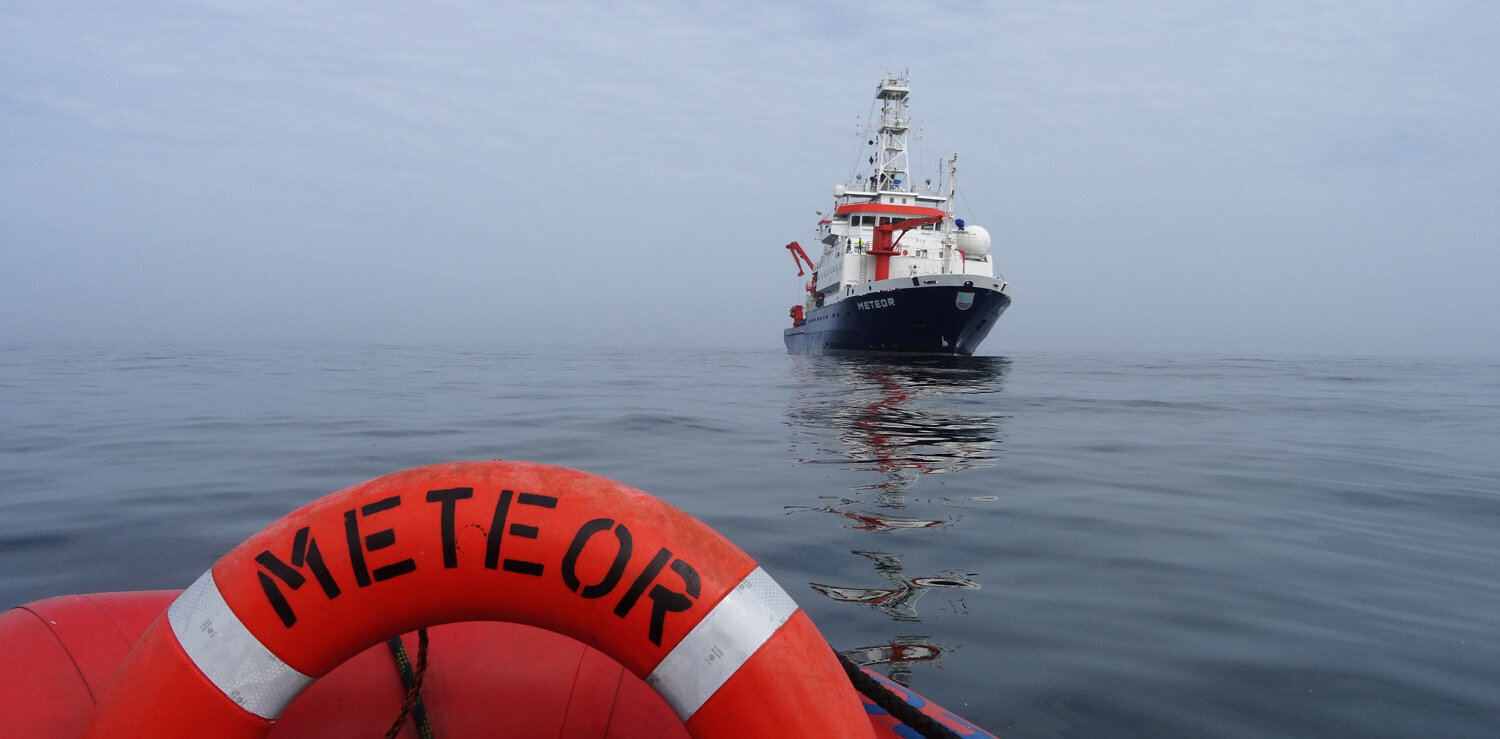
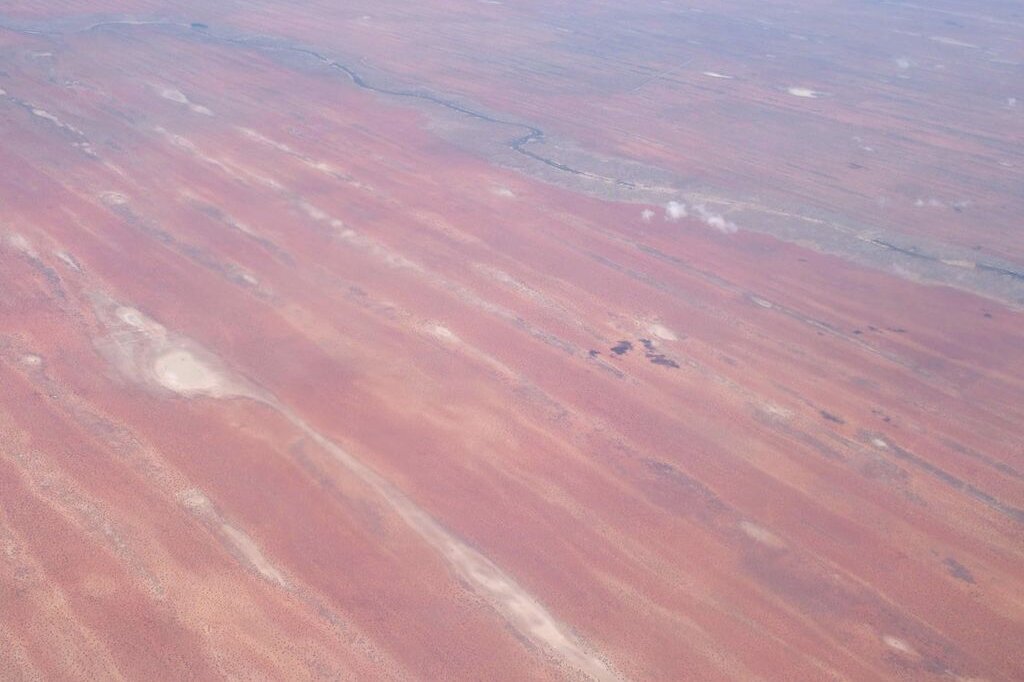
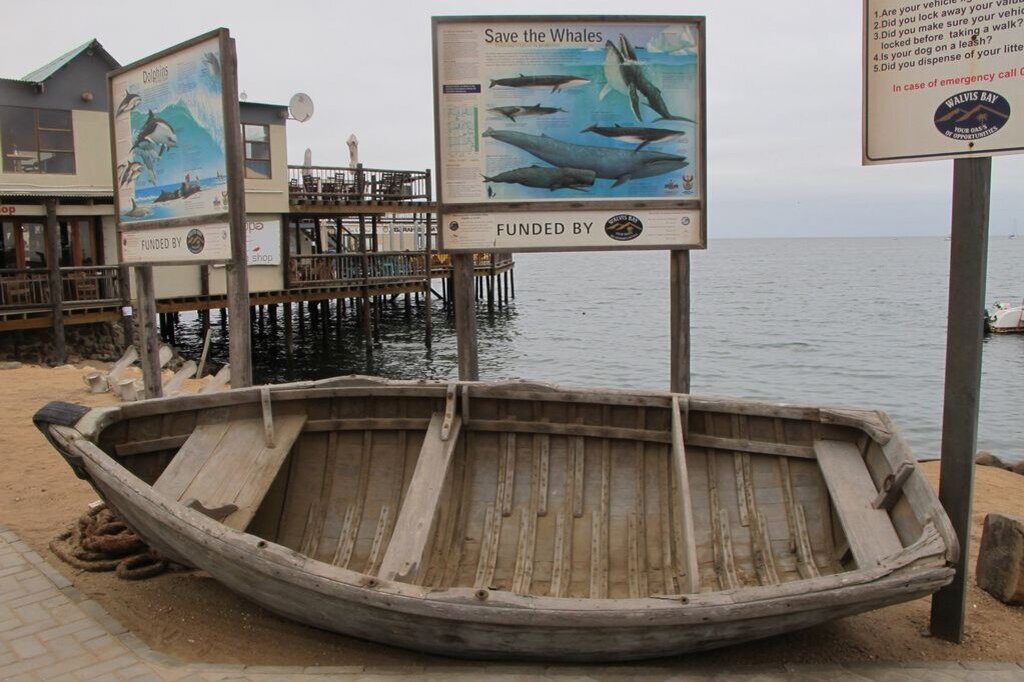
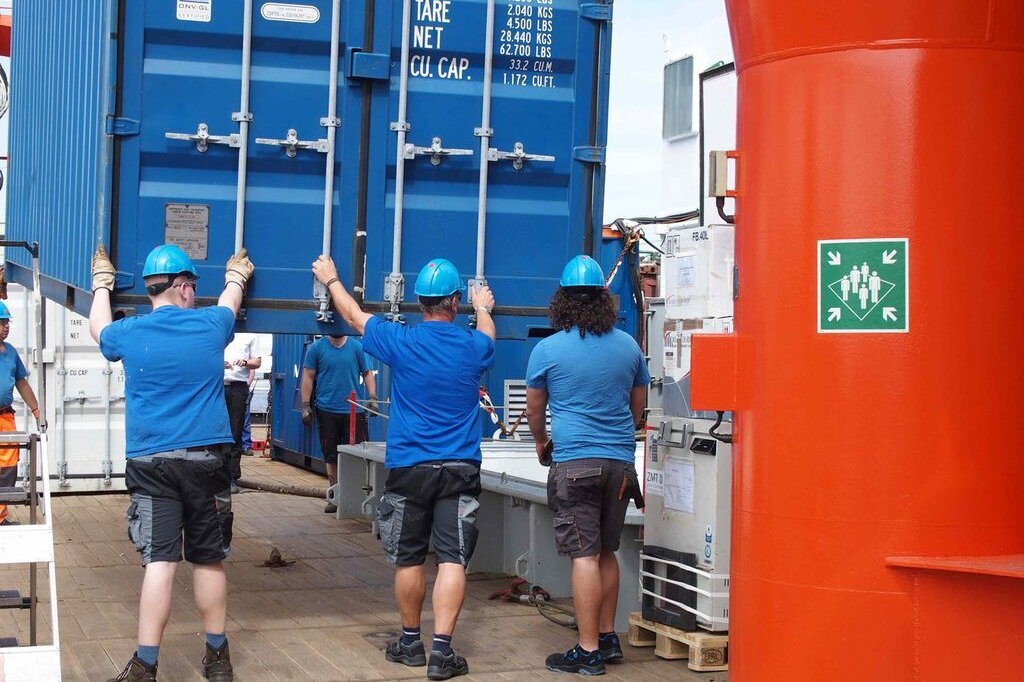
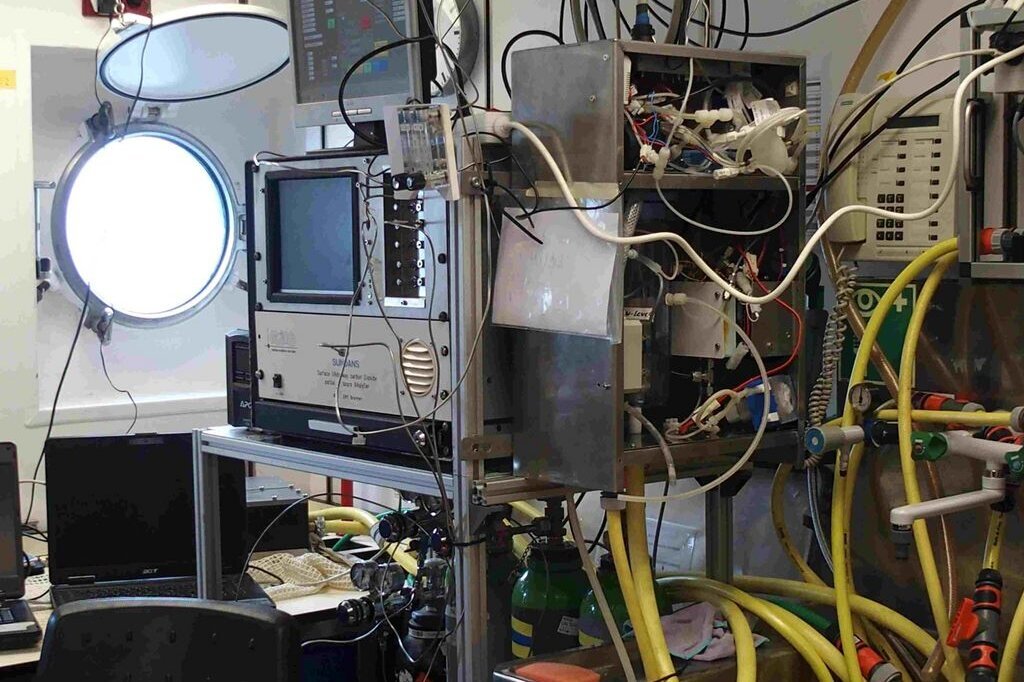
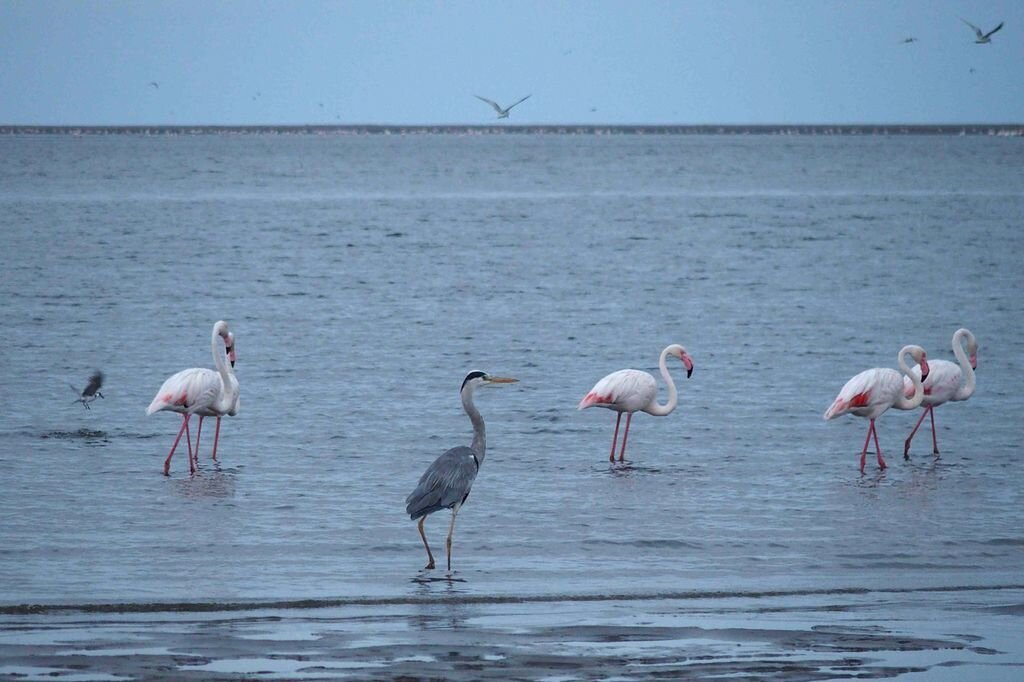
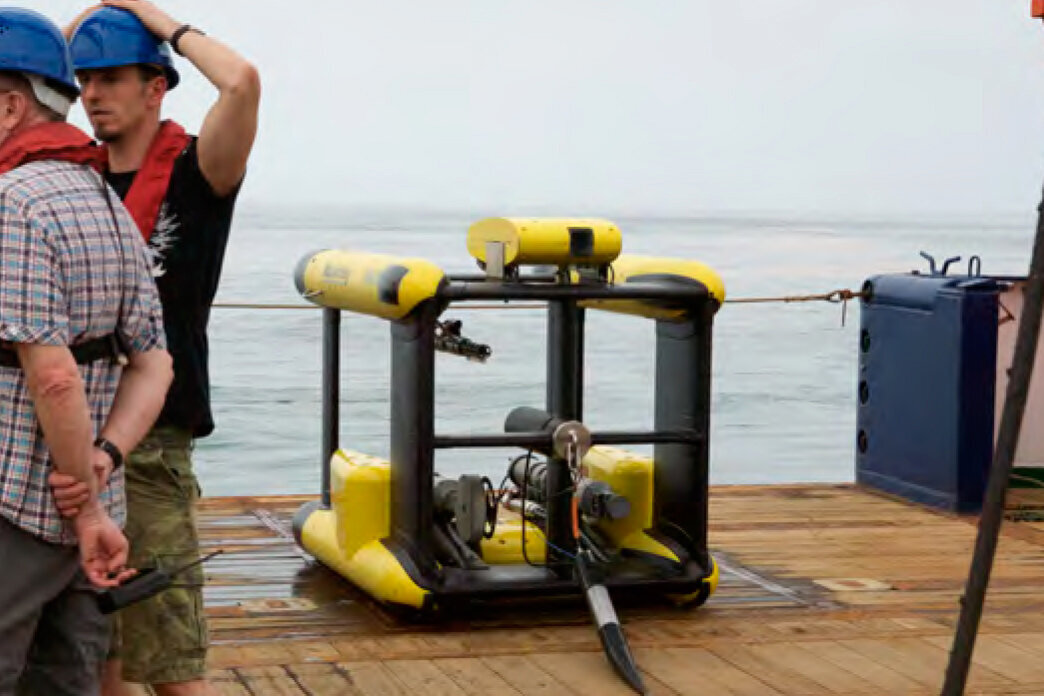
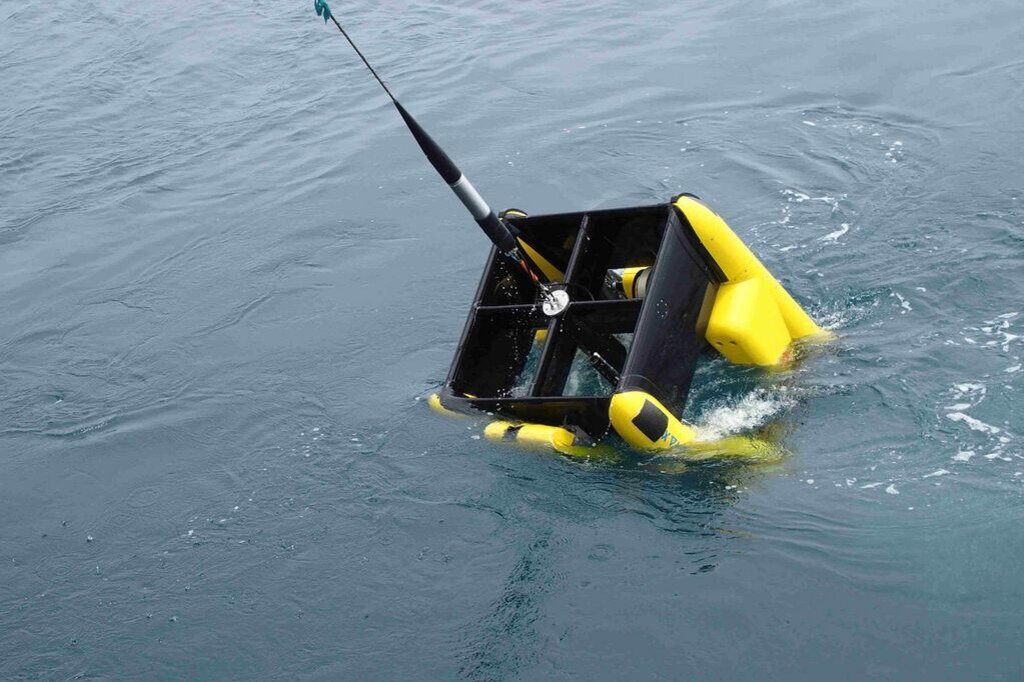
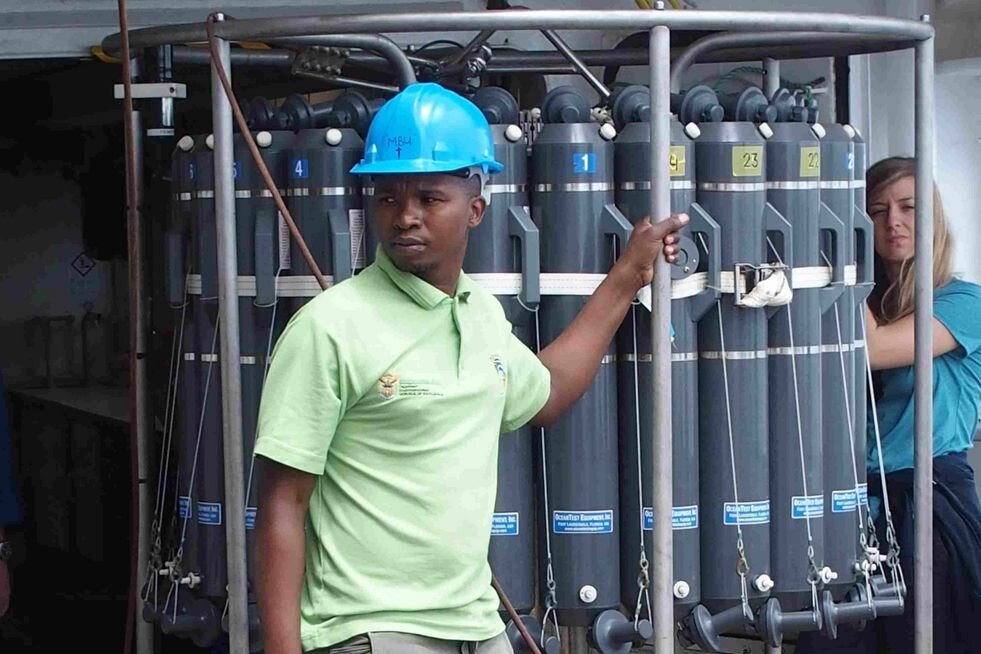
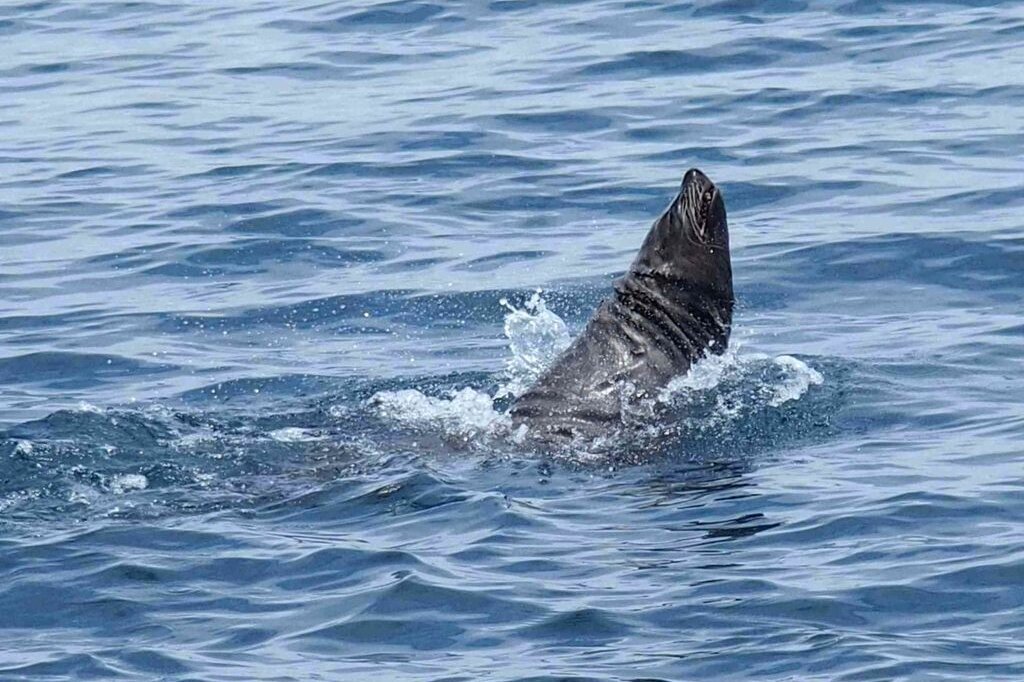
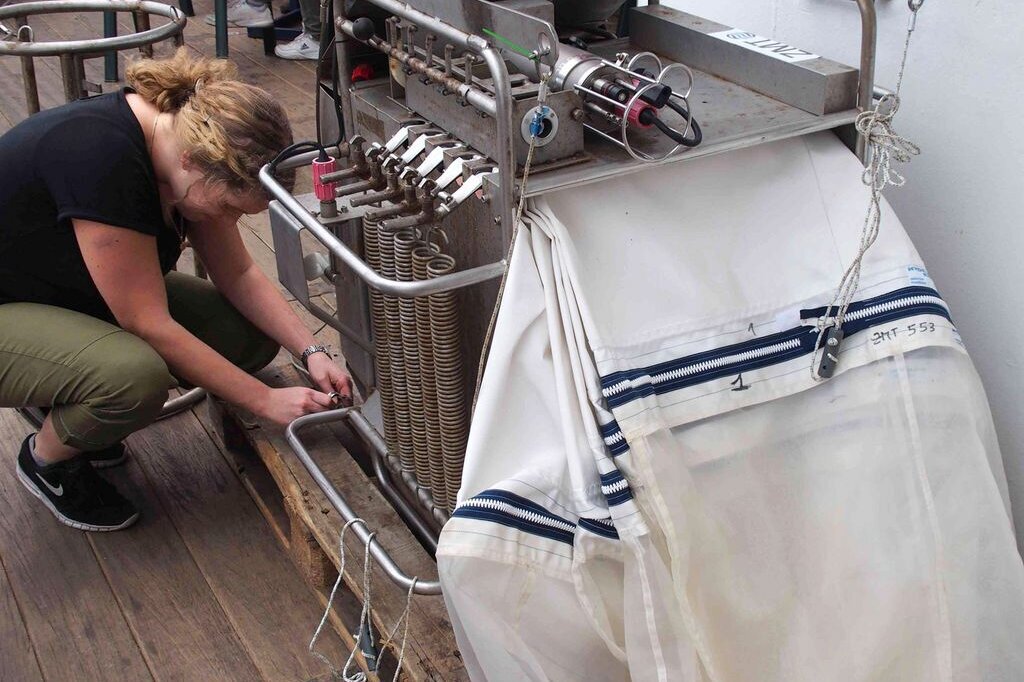
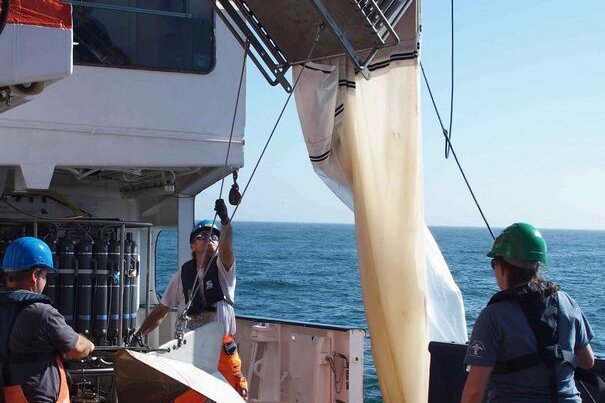
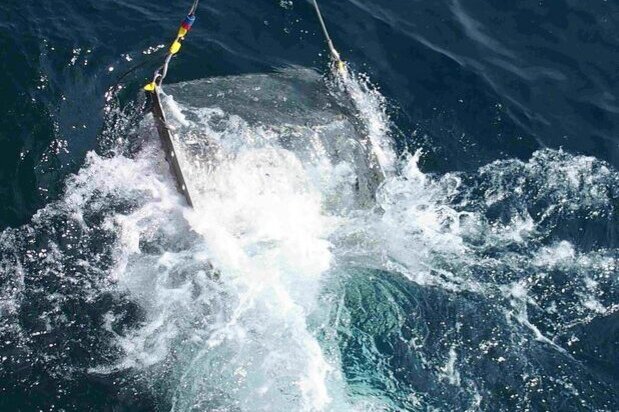
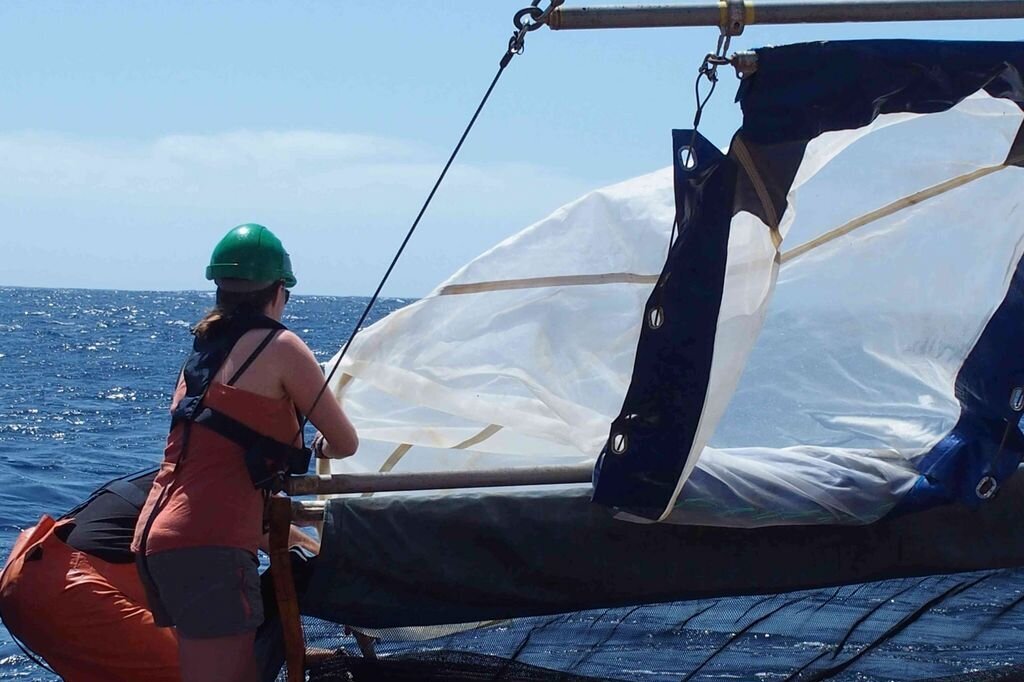
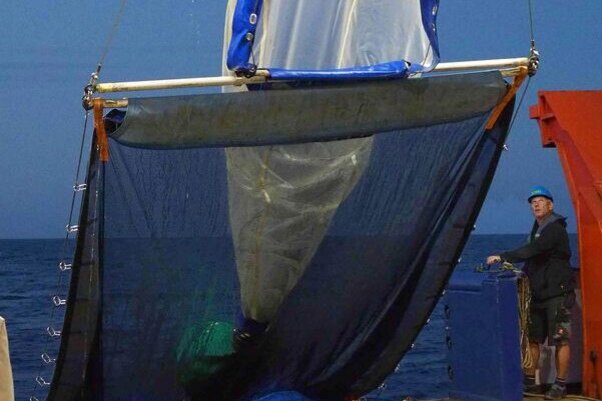
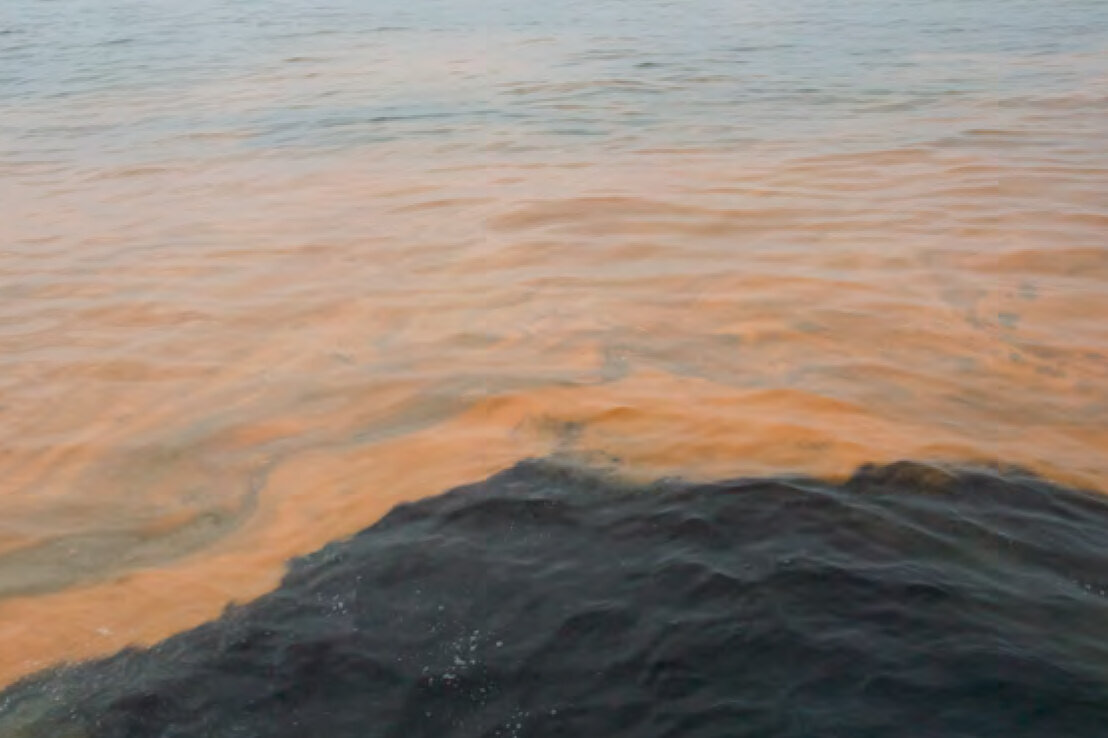
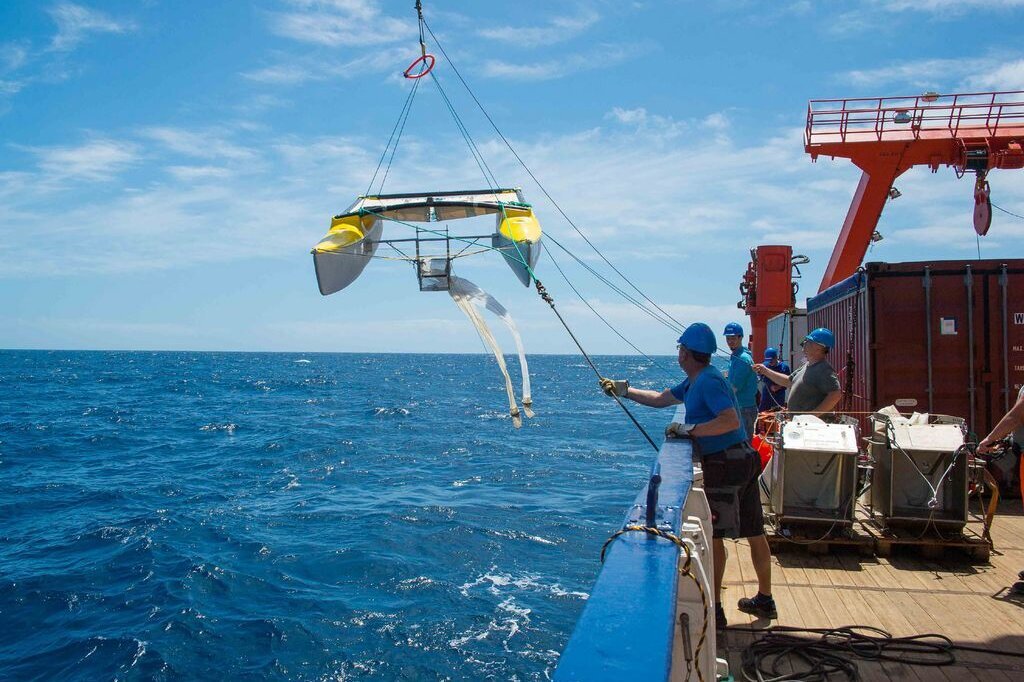
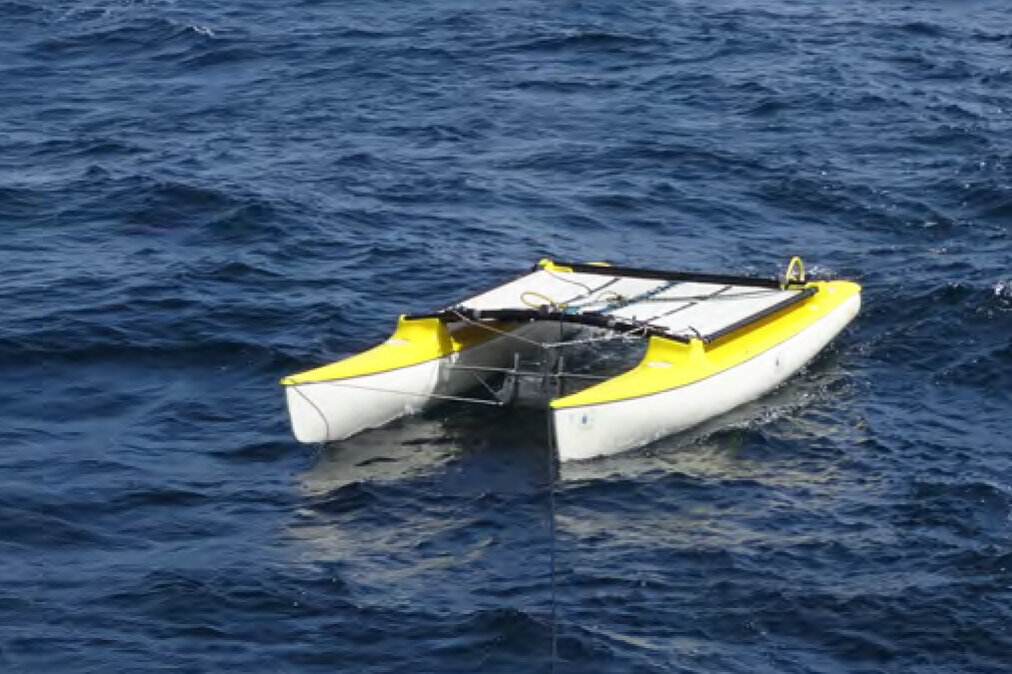
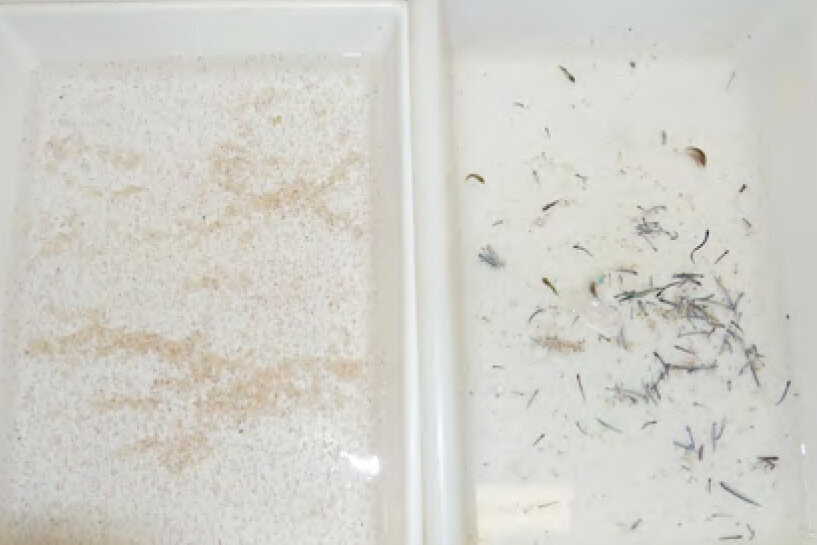
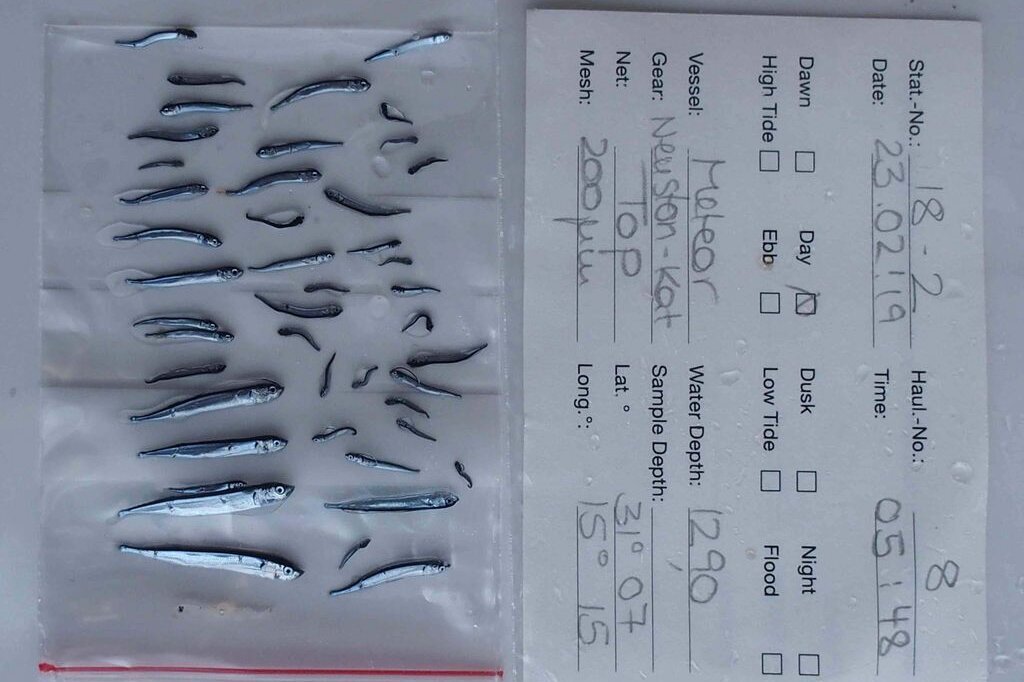
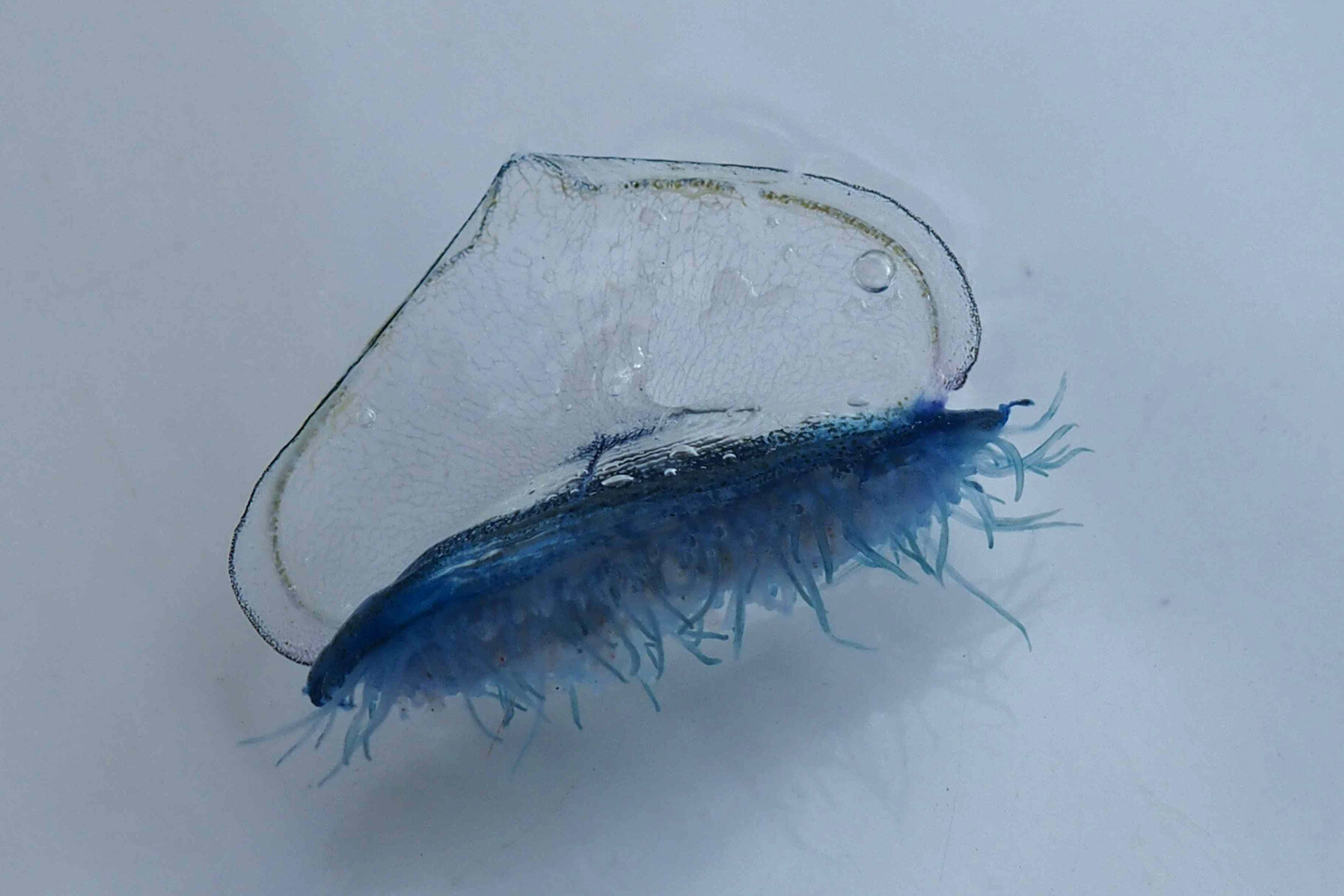
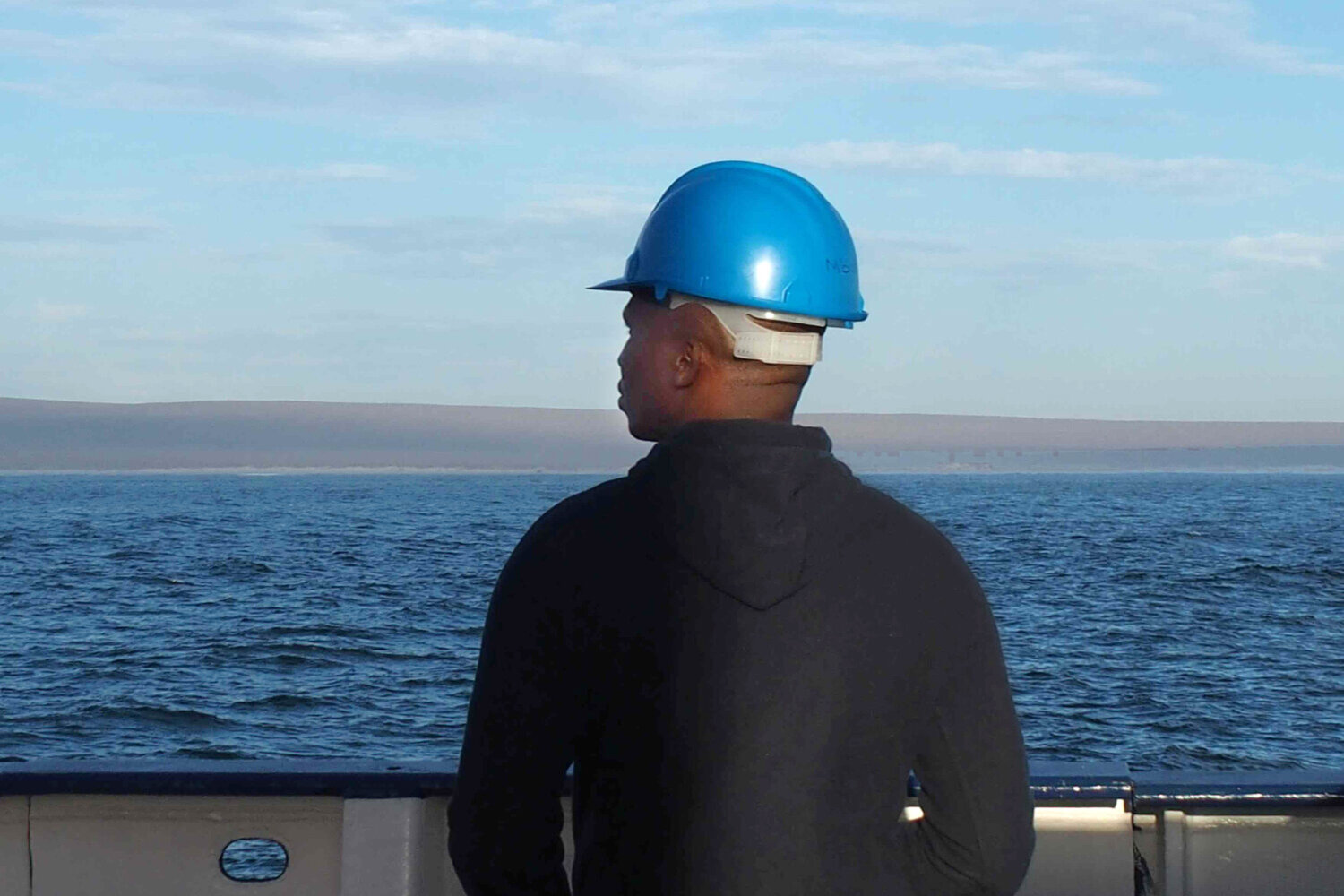
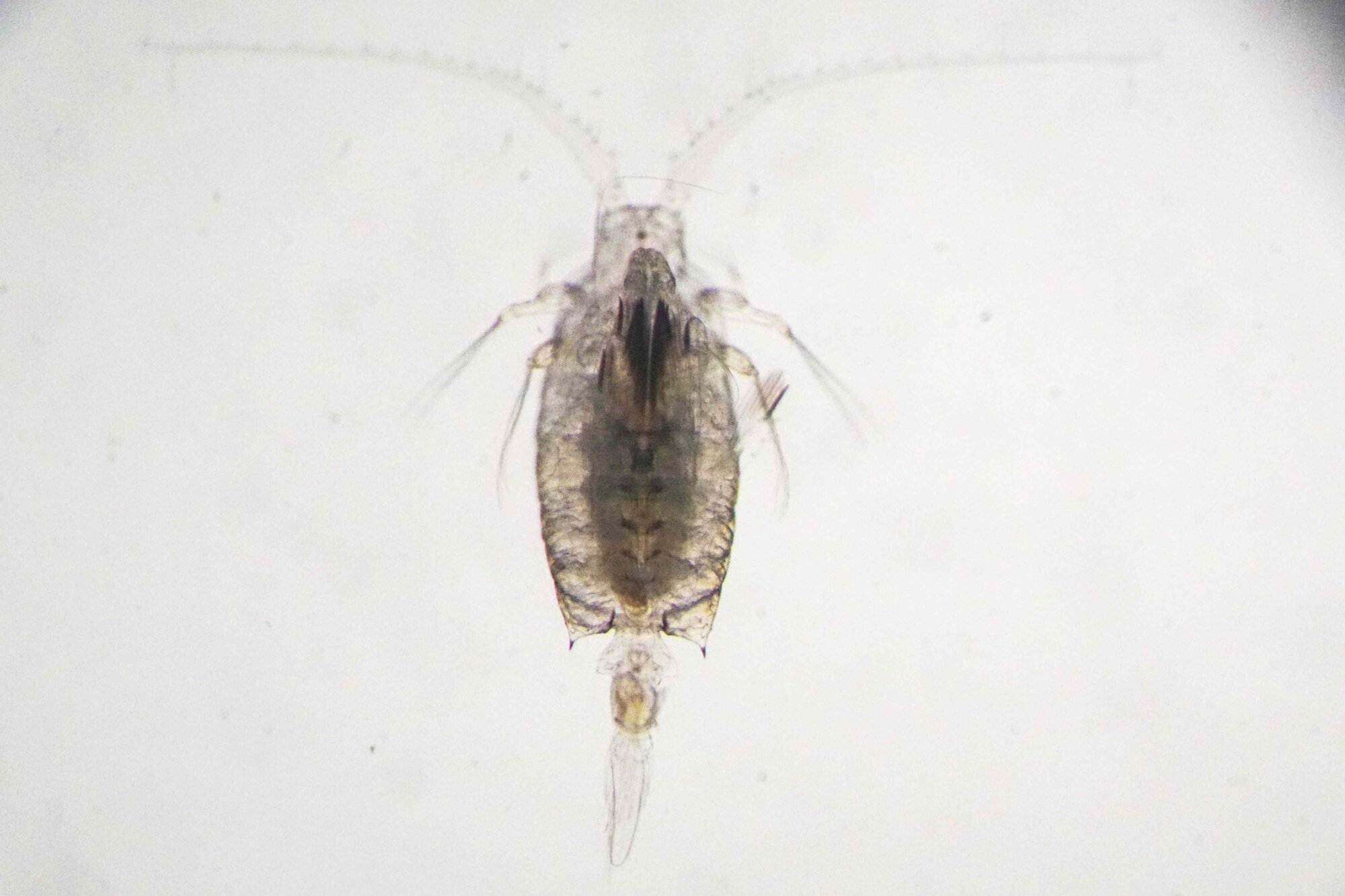
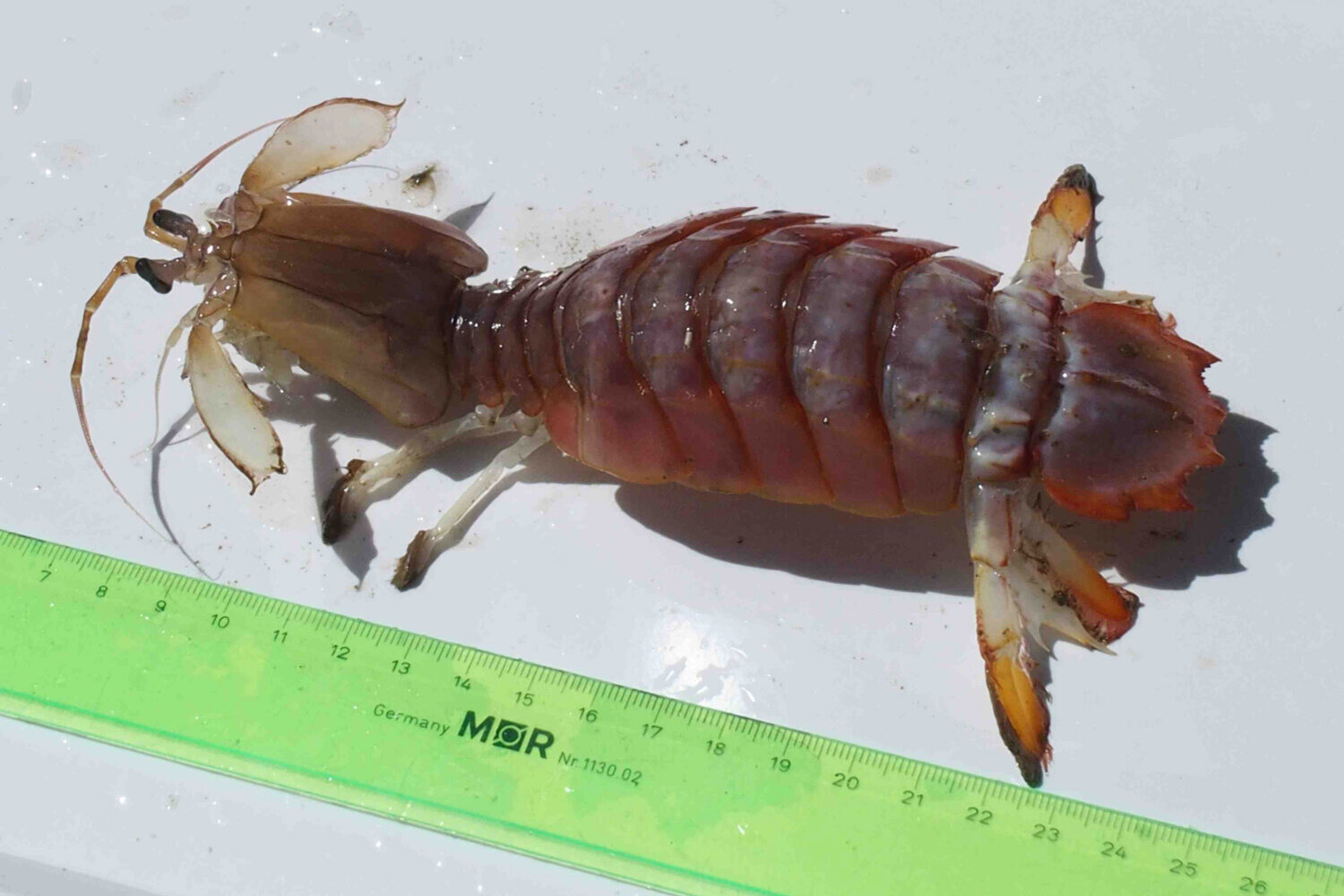
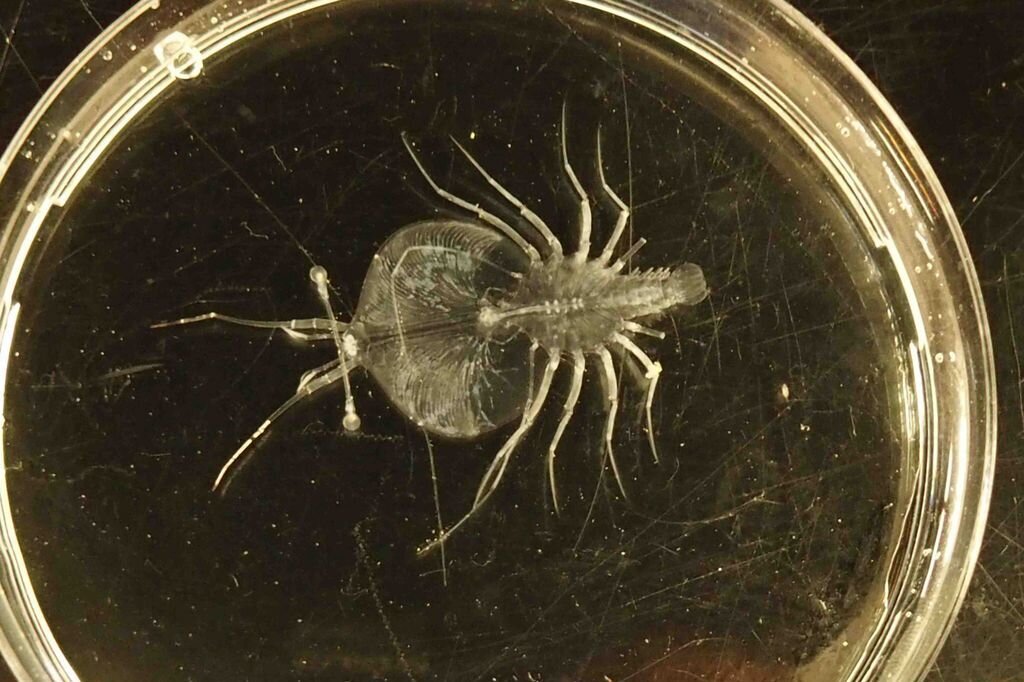
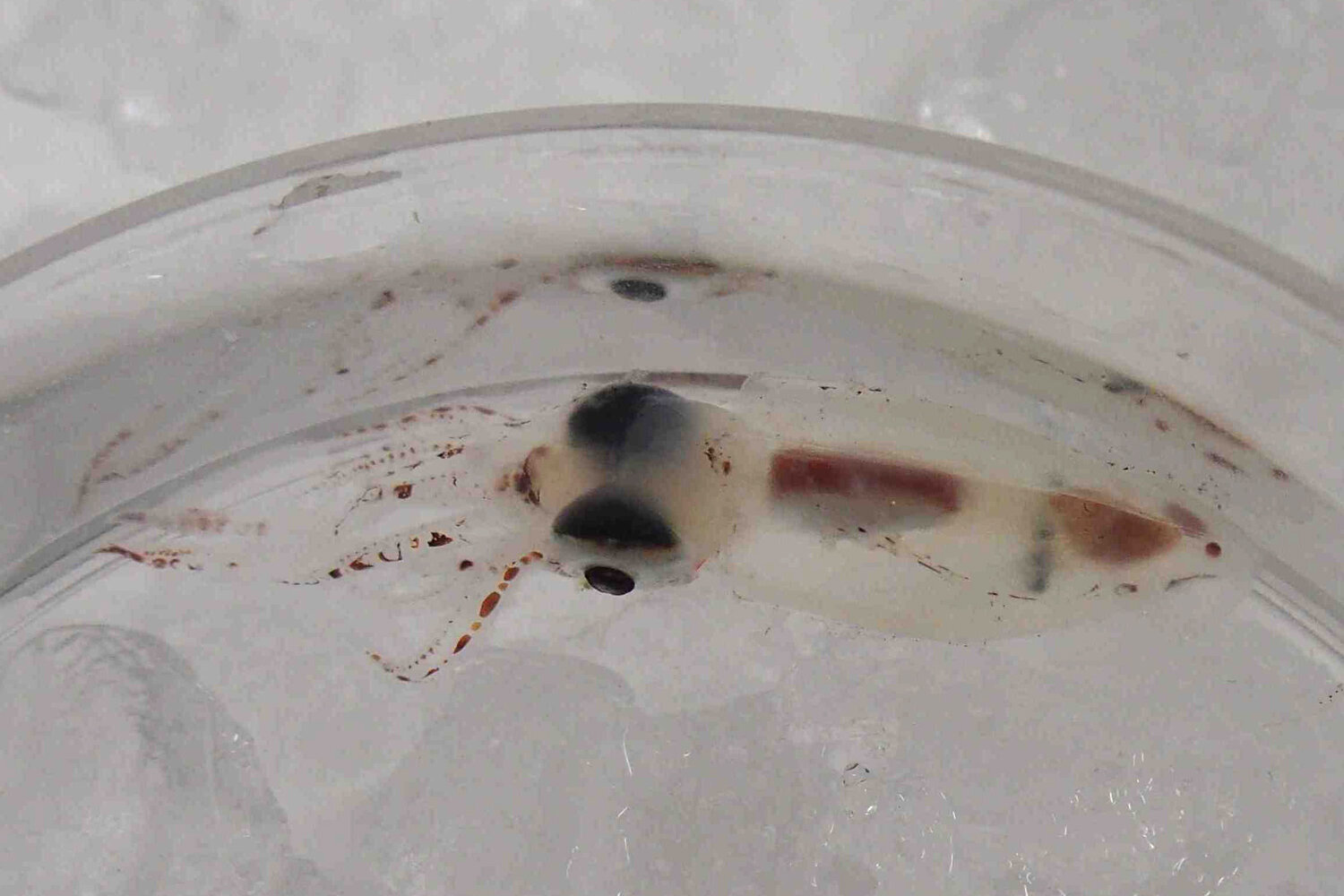
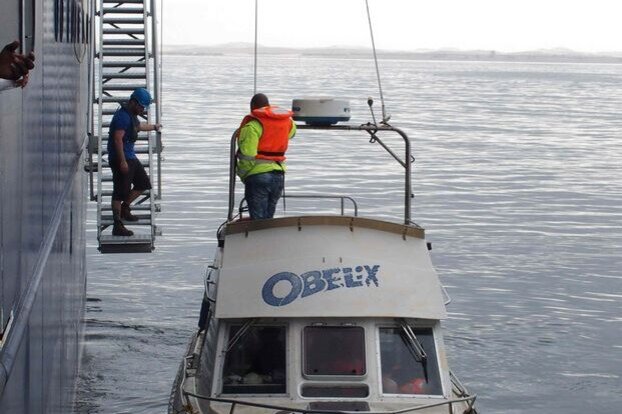
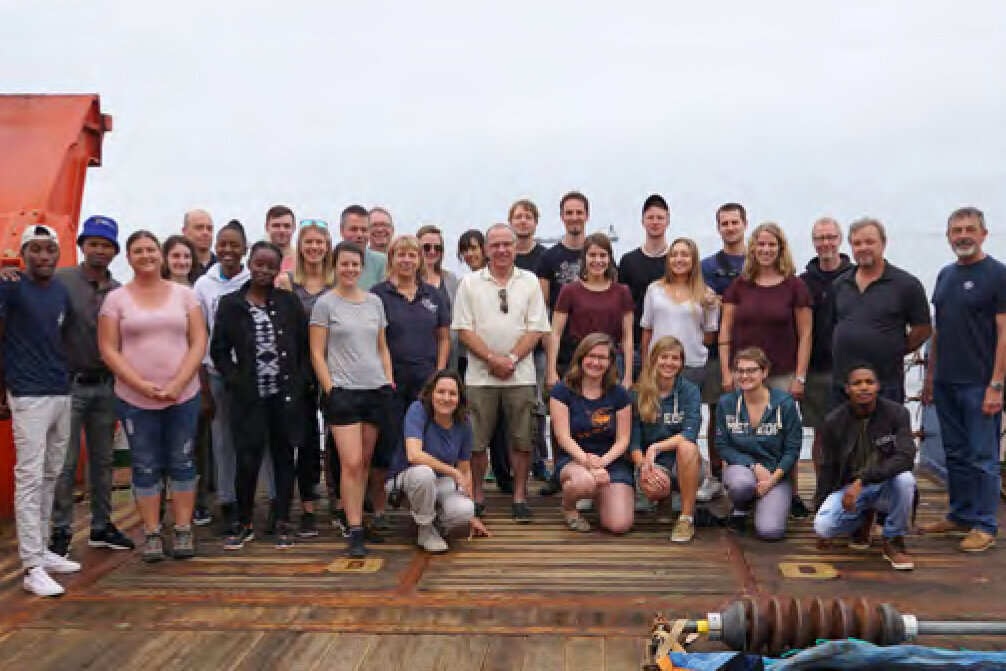
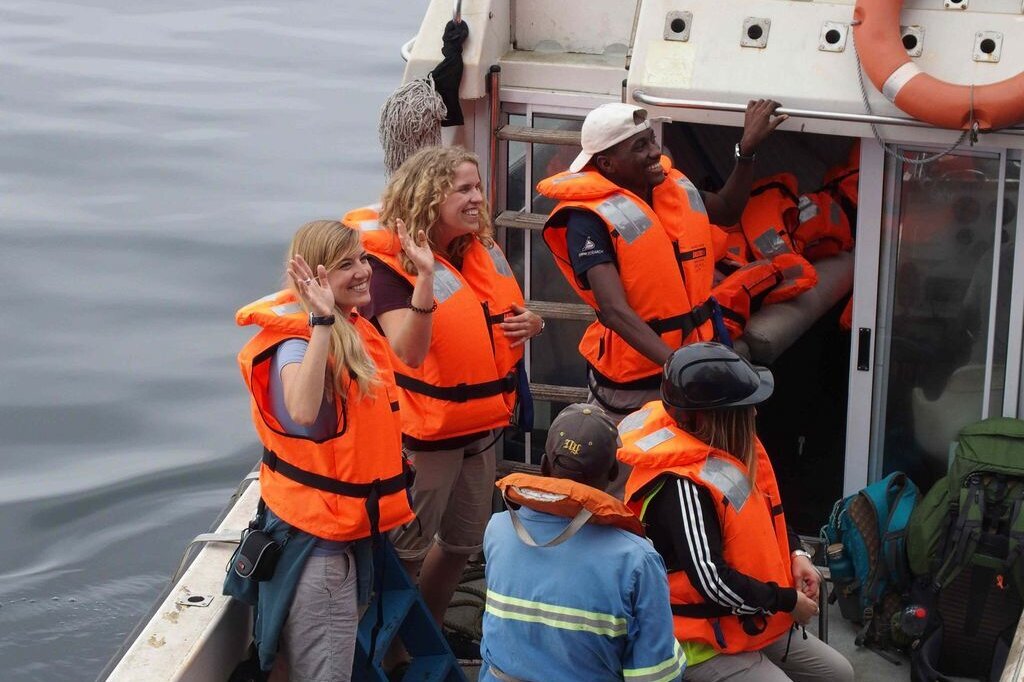
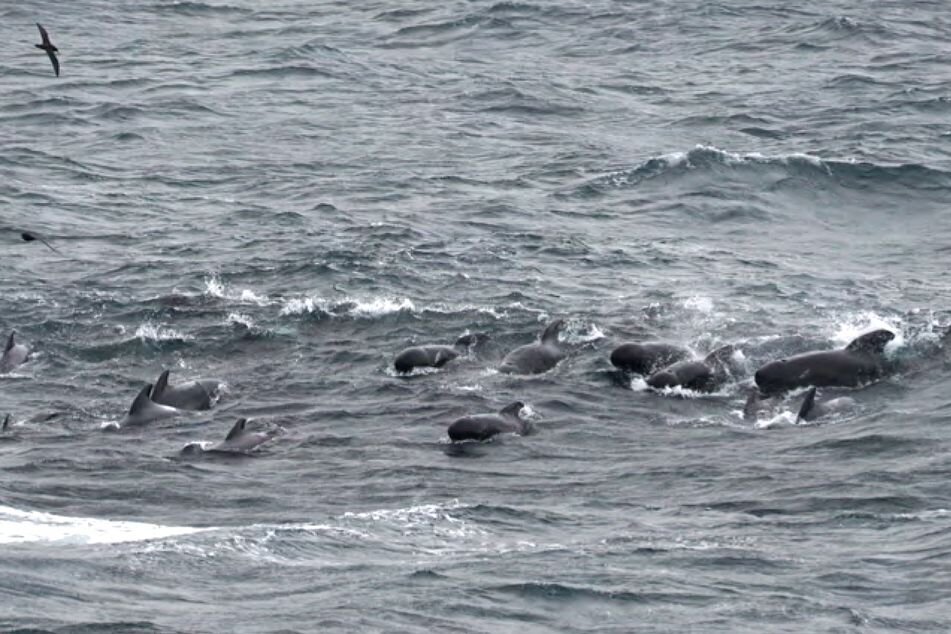
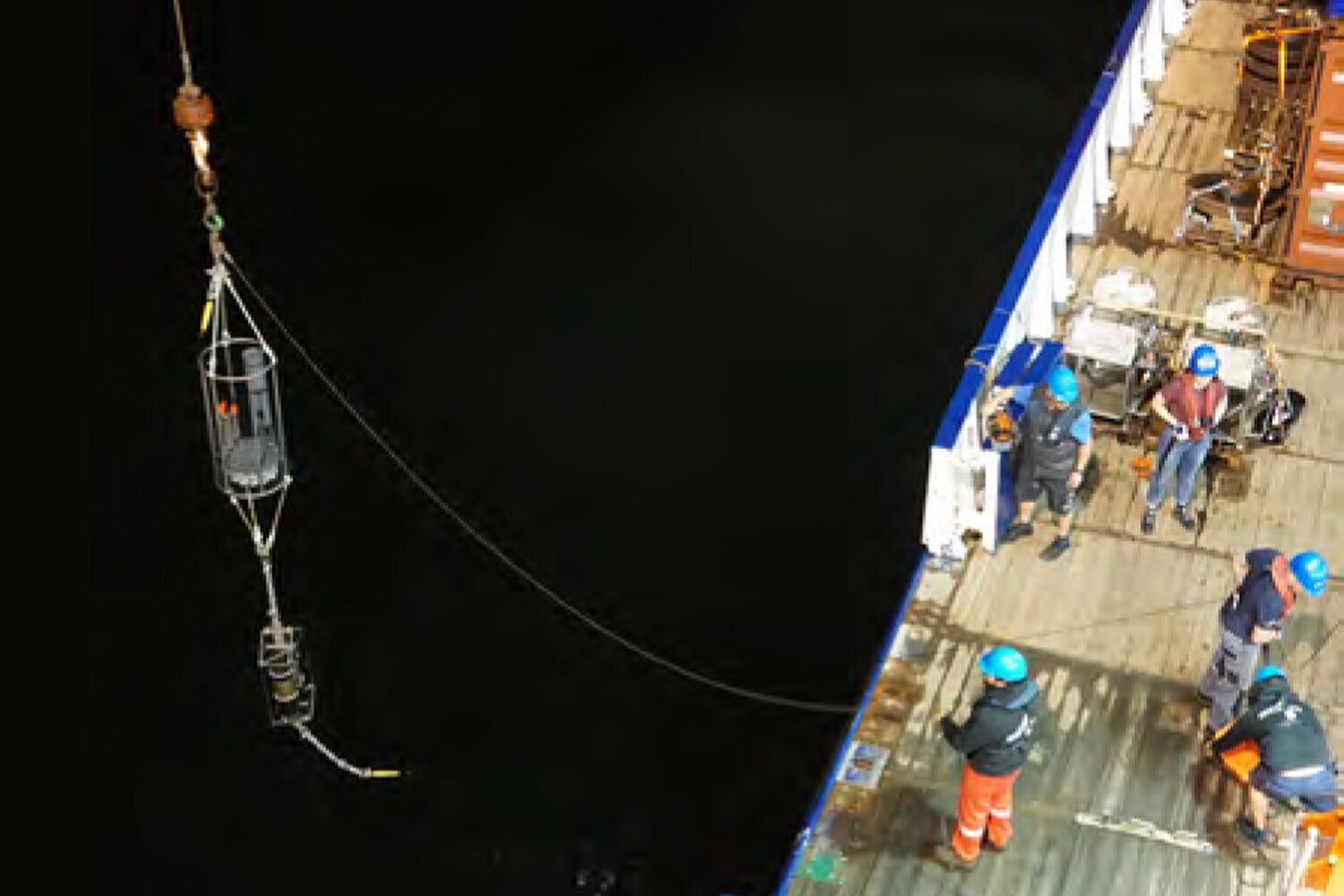
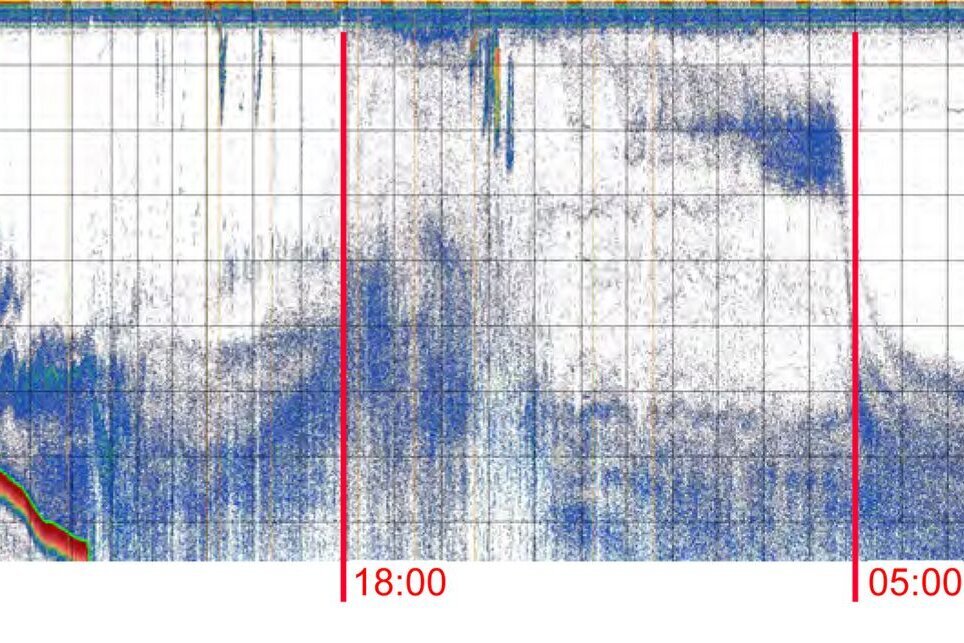
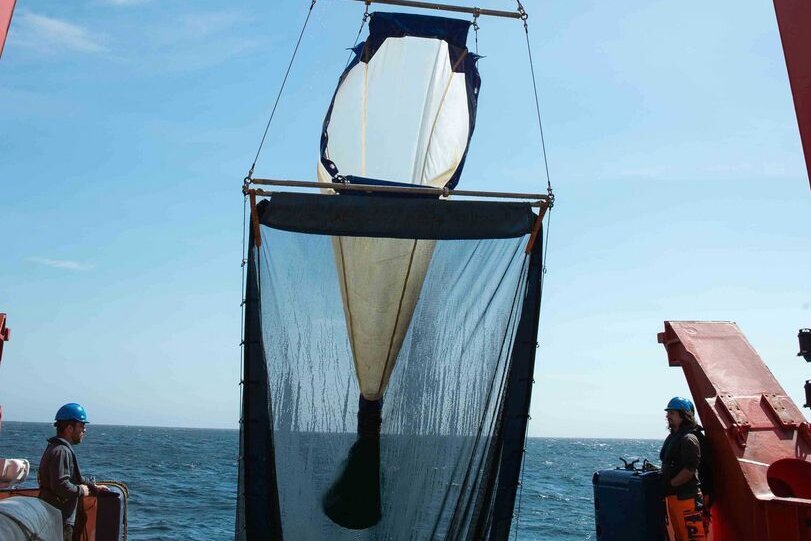
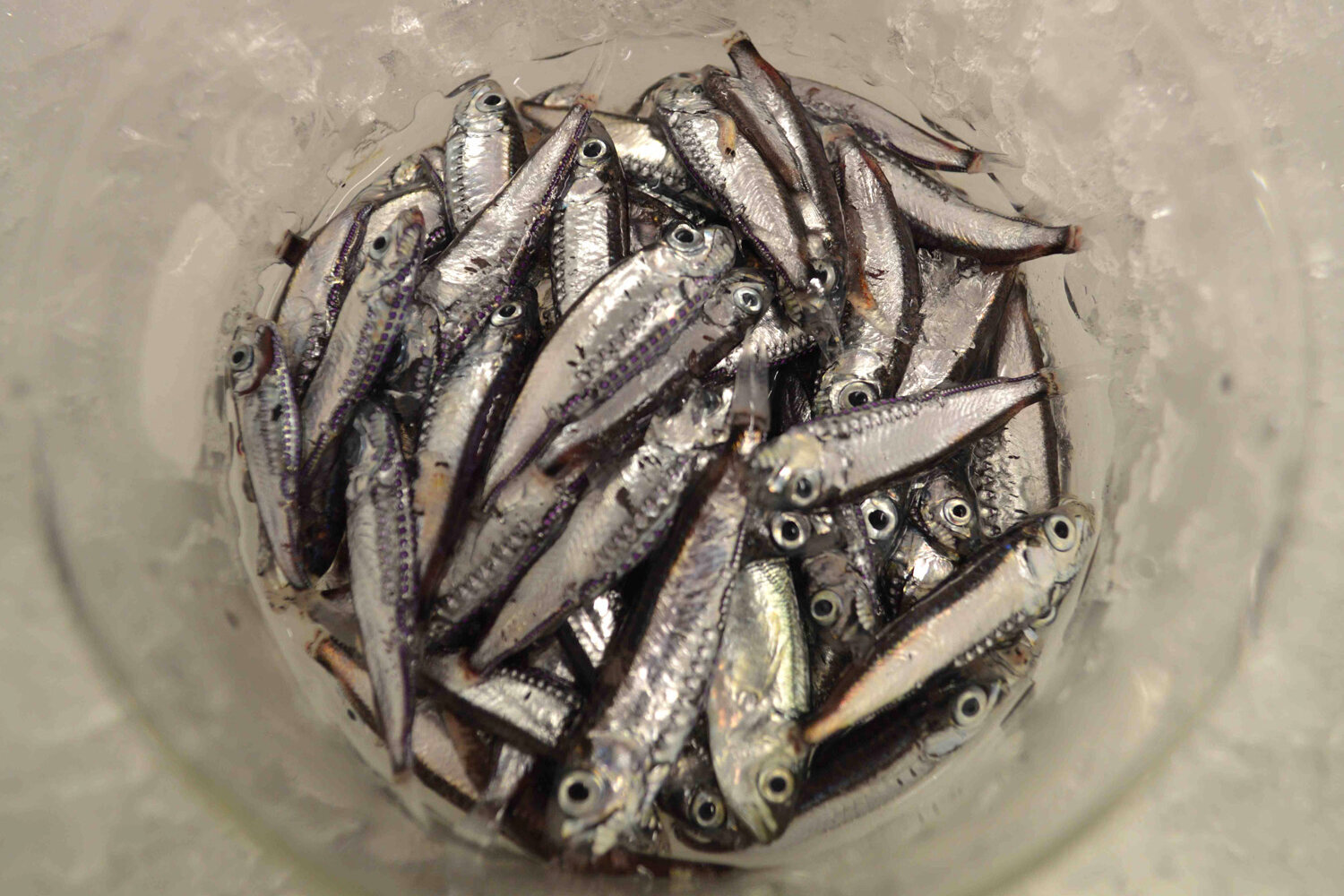
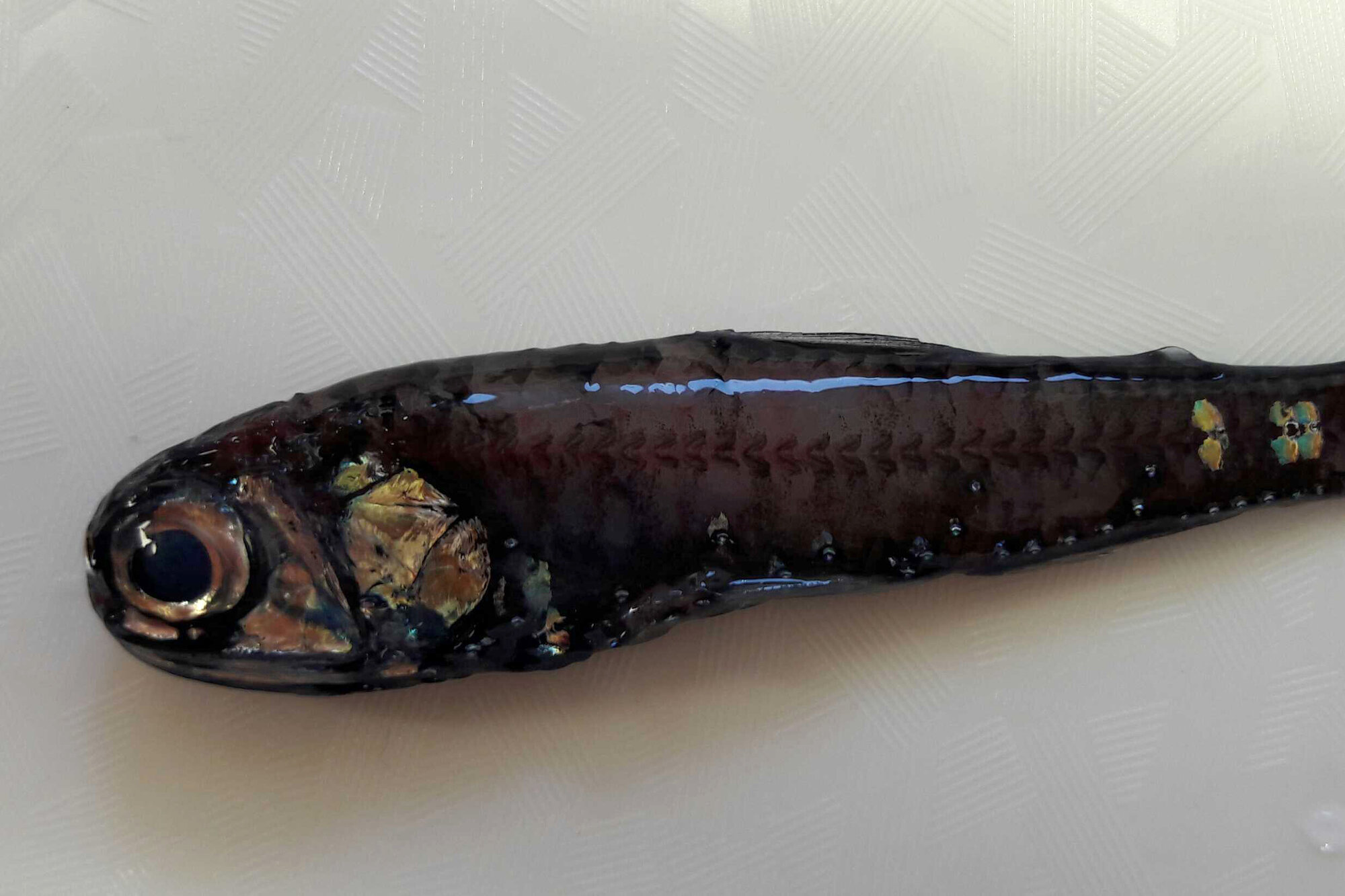
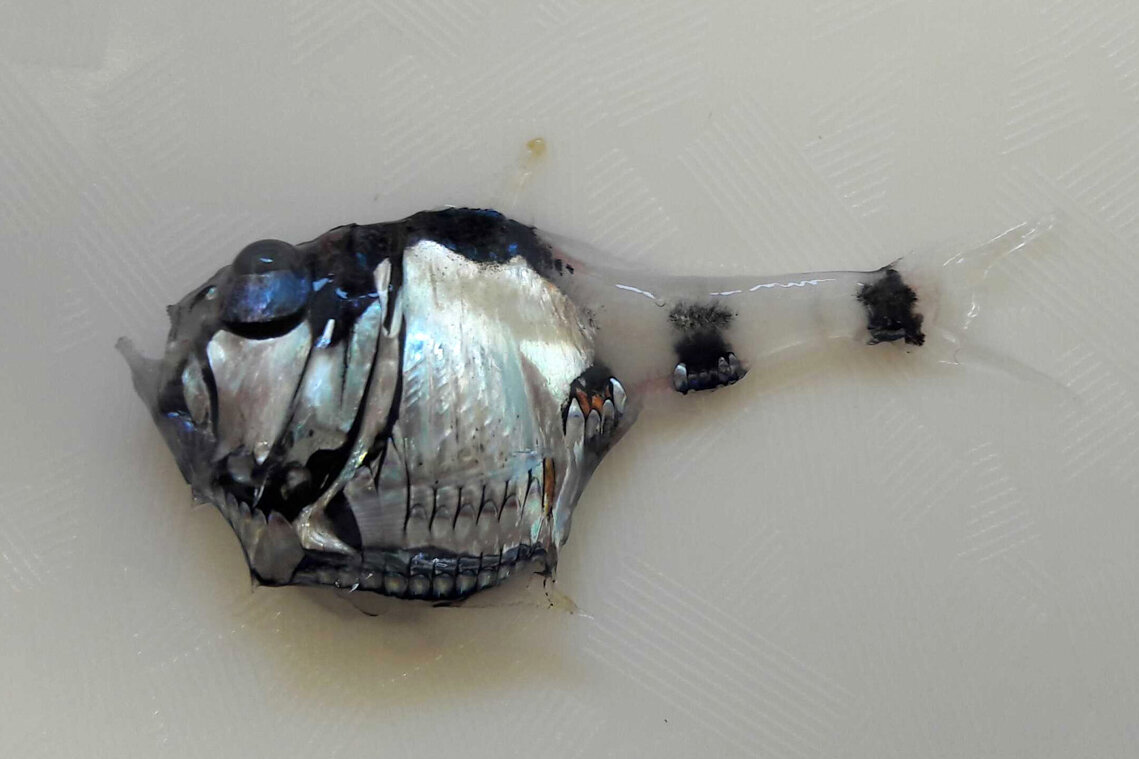
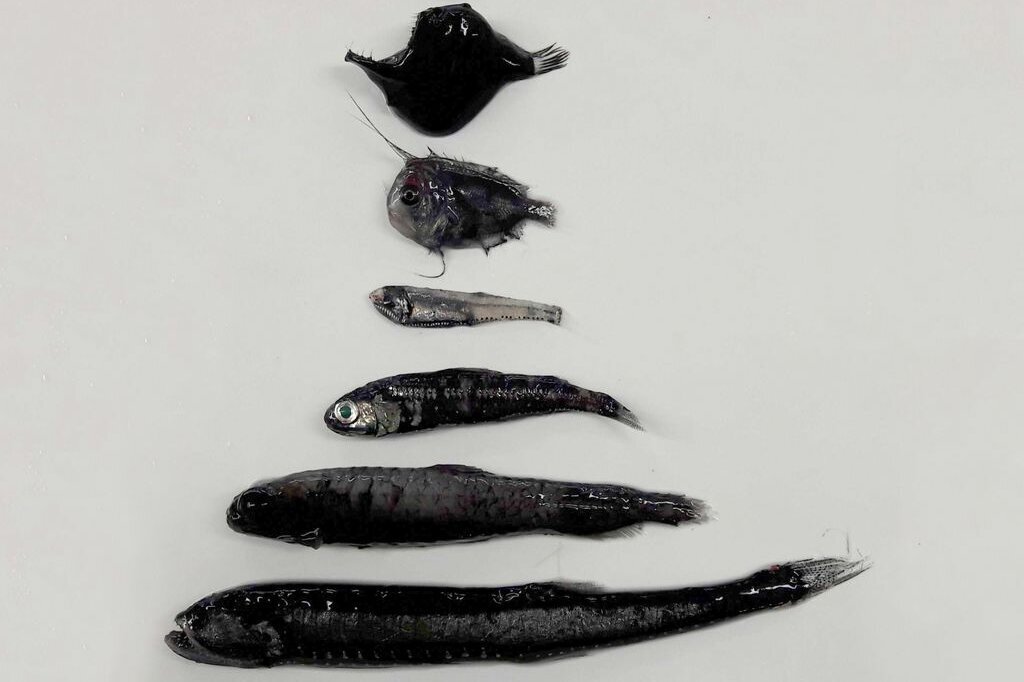
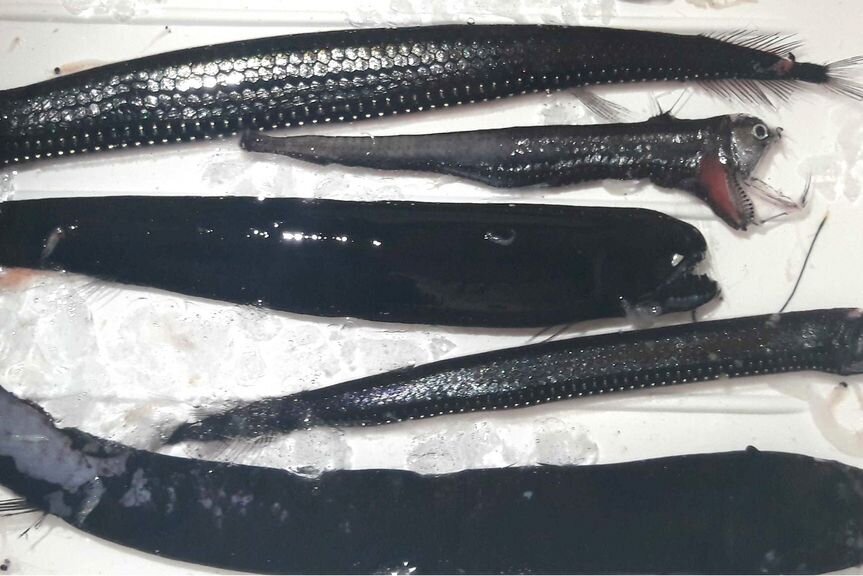
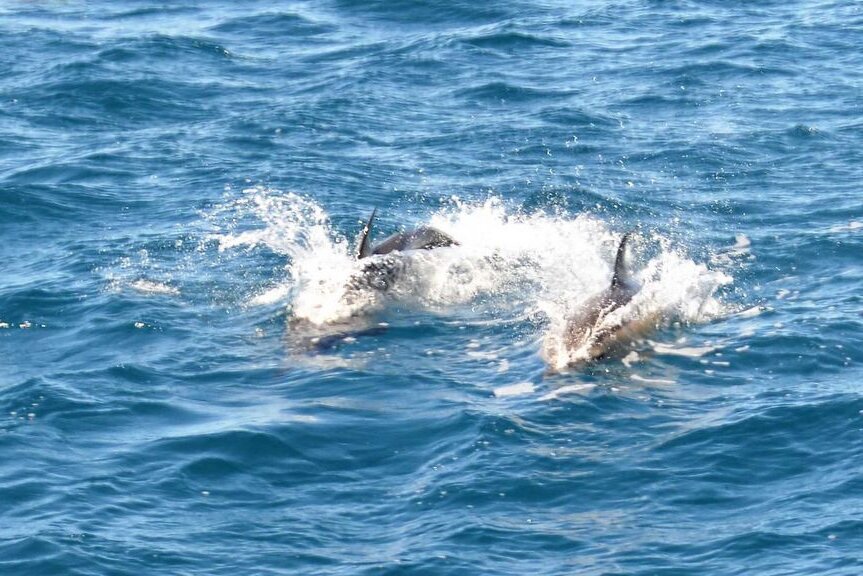
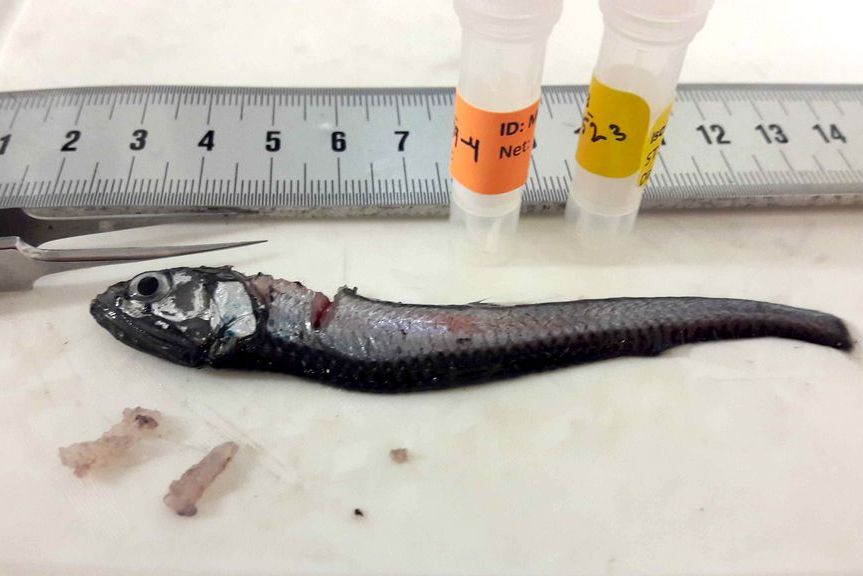
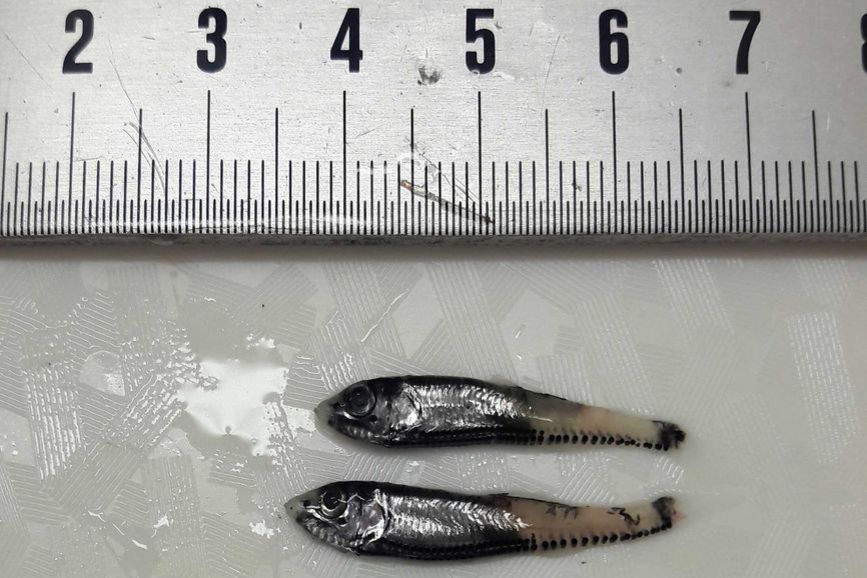
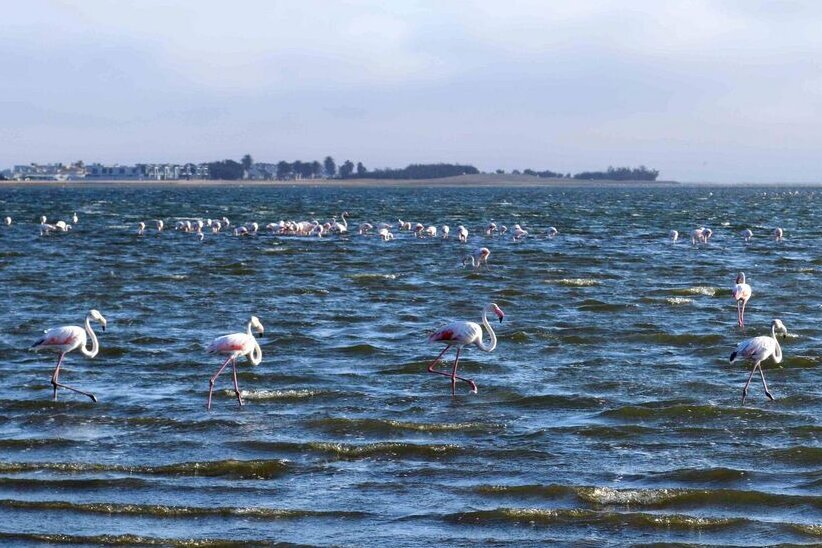
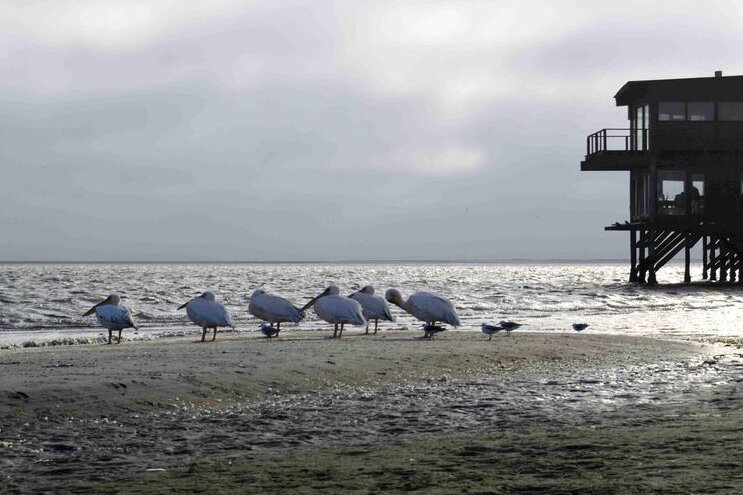
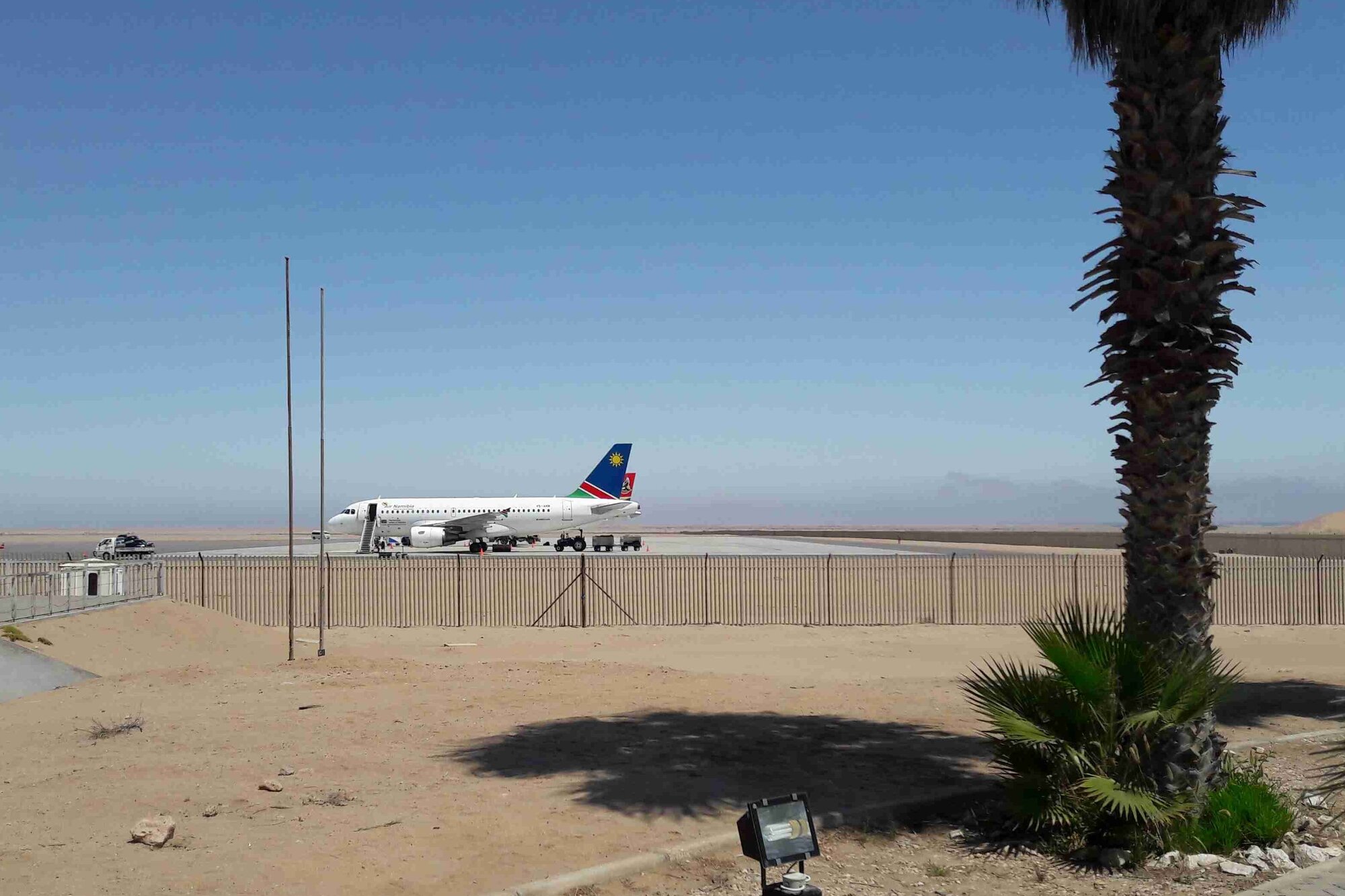
![[Translate to English:] Logo des Bundesministerium für Ernährung und Landwirtschaft](/media/allgemein/logos/BMEL_Logo.svg)